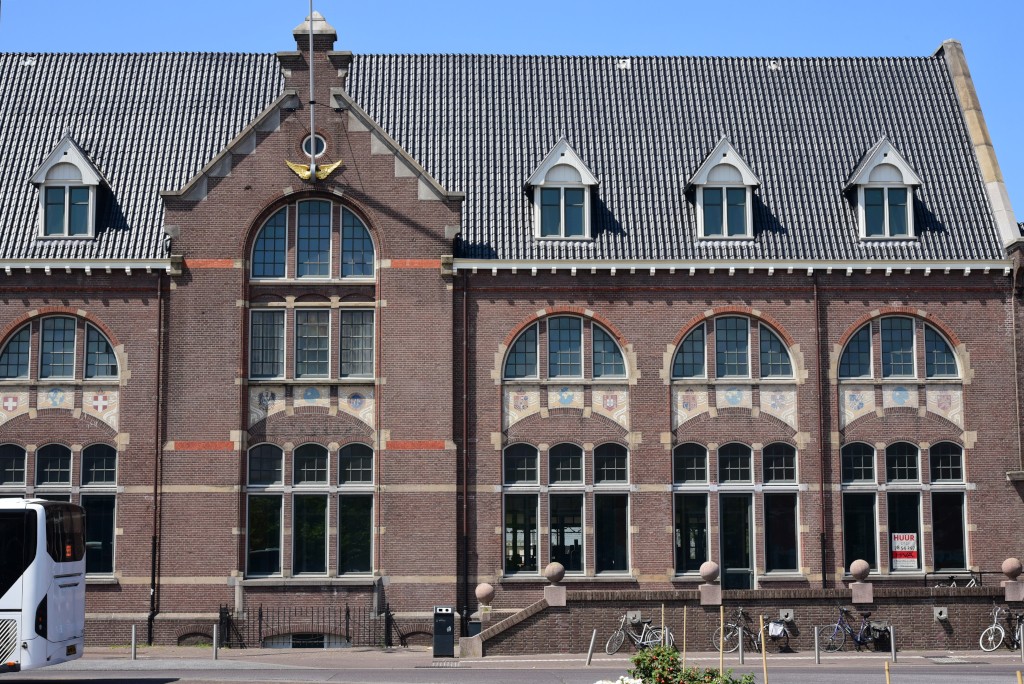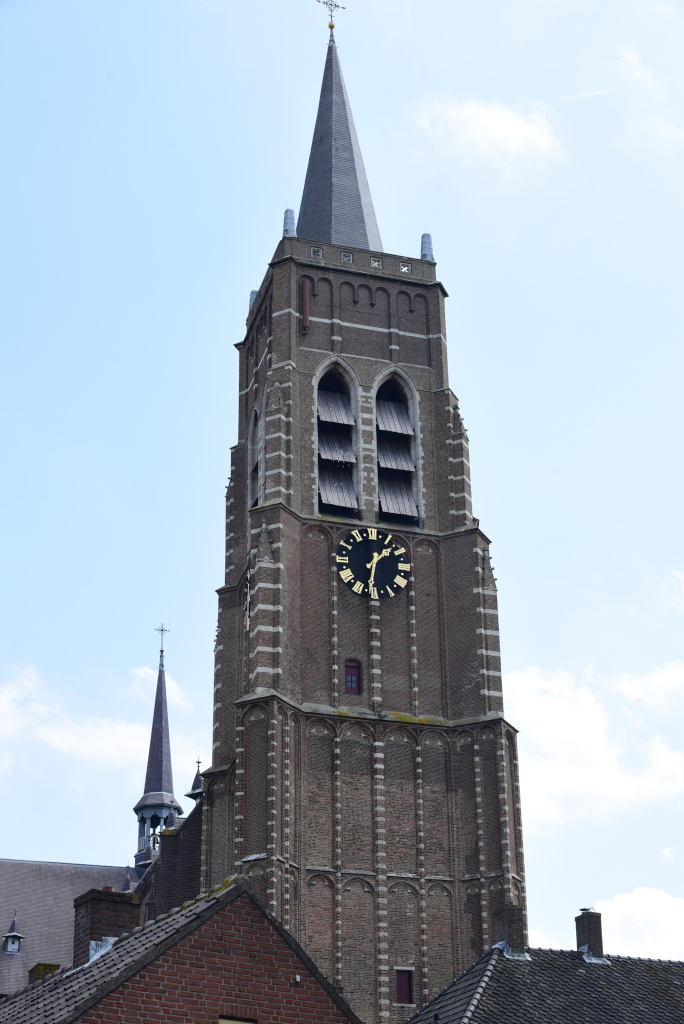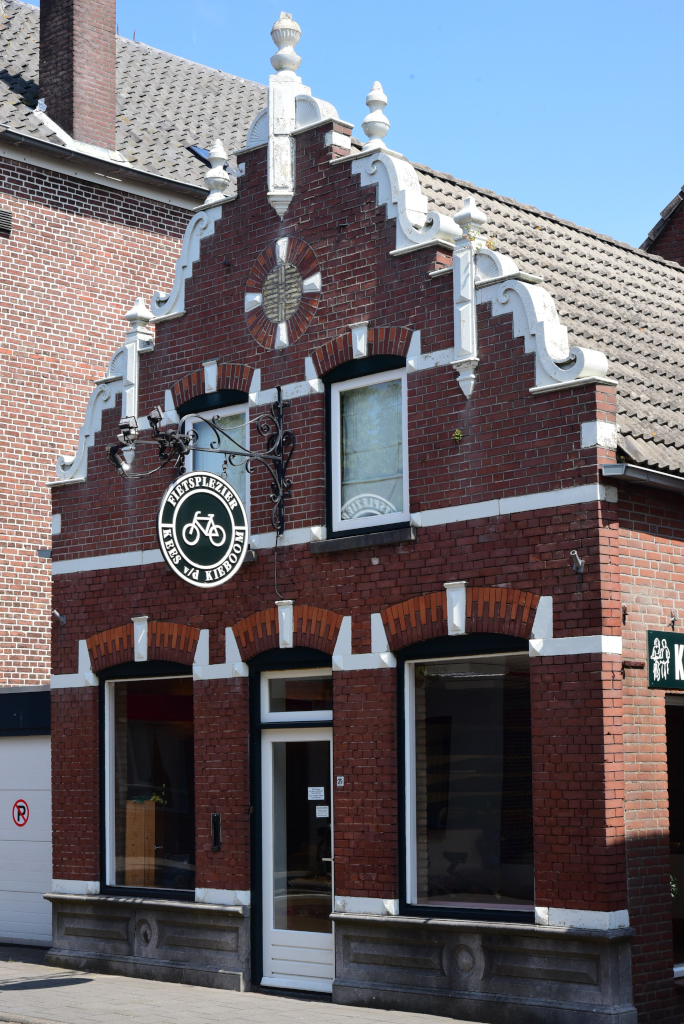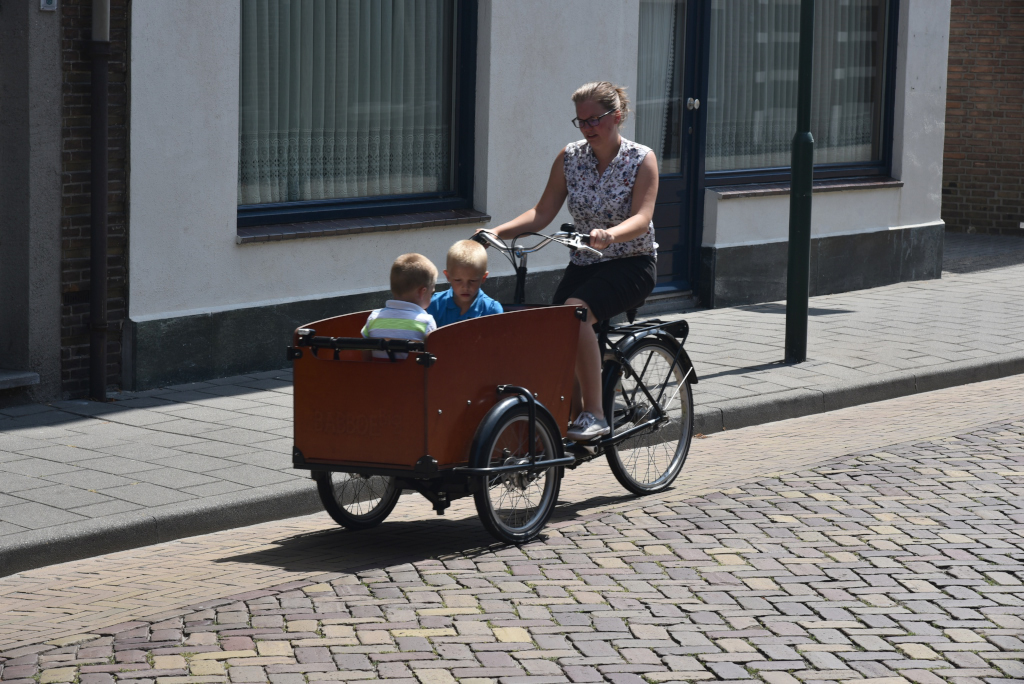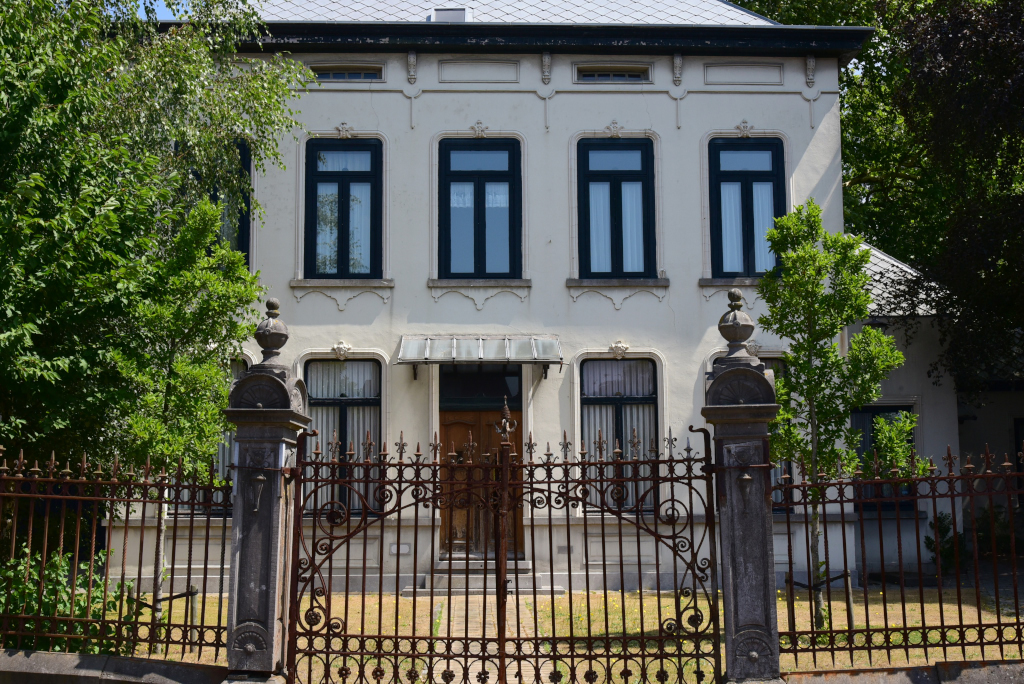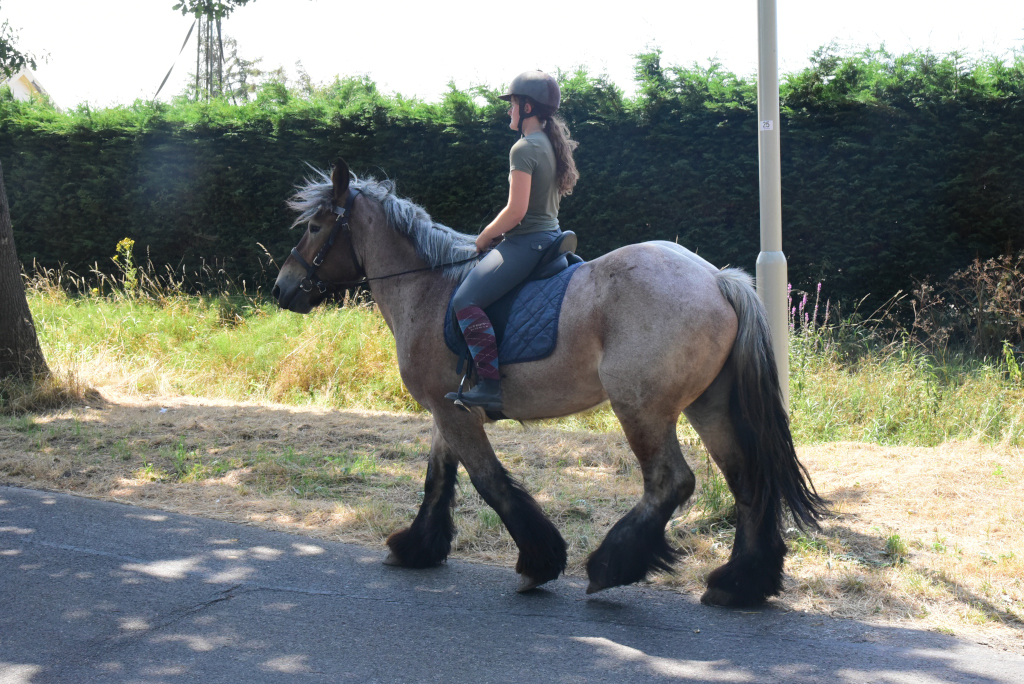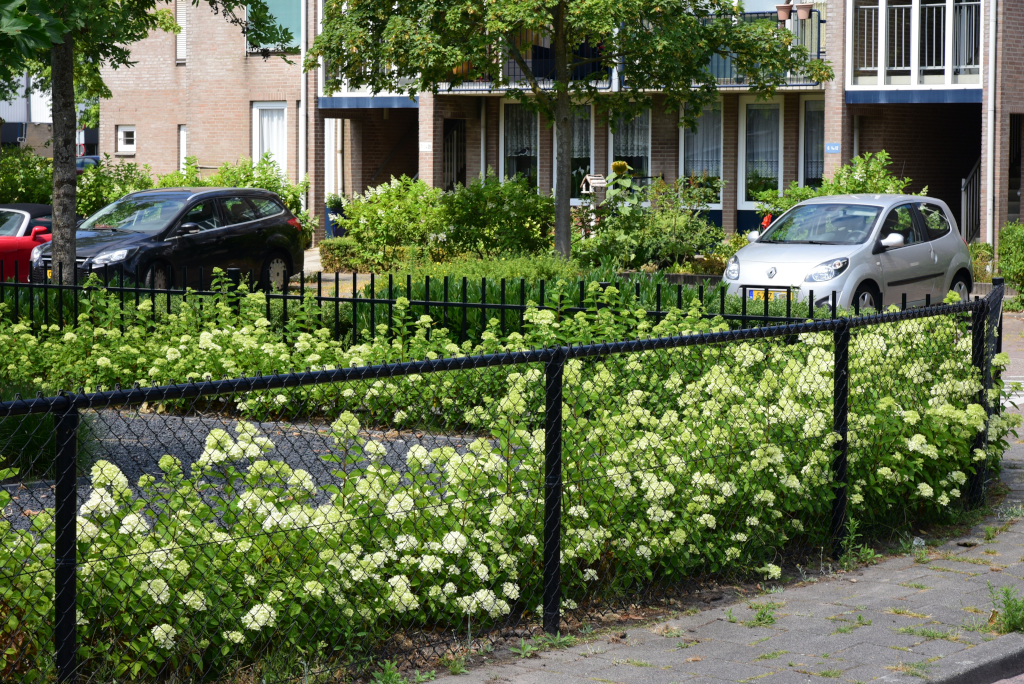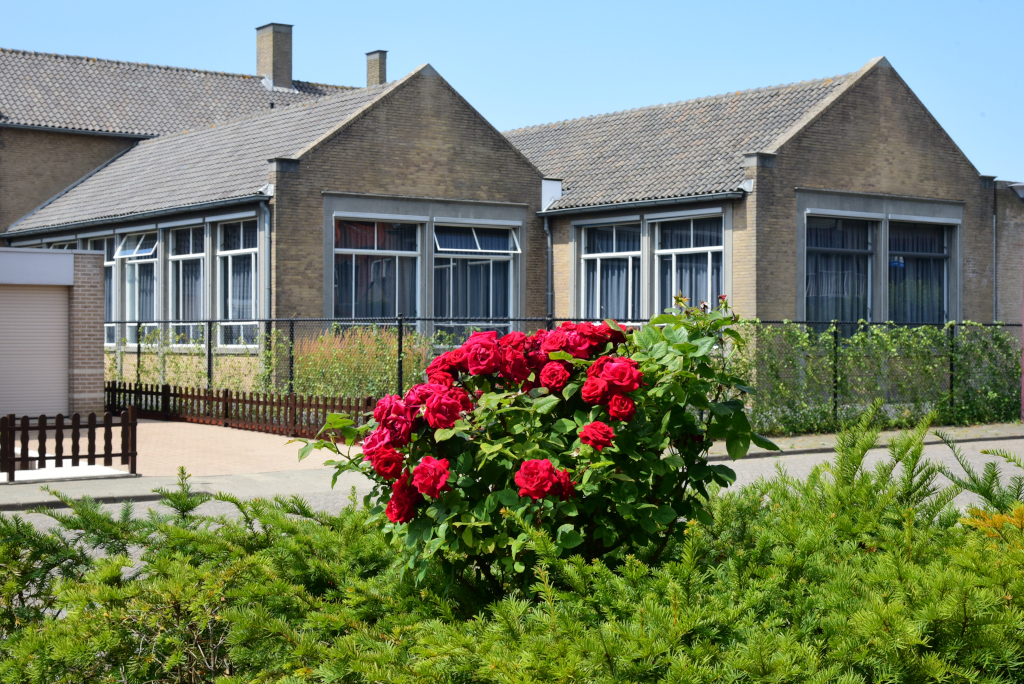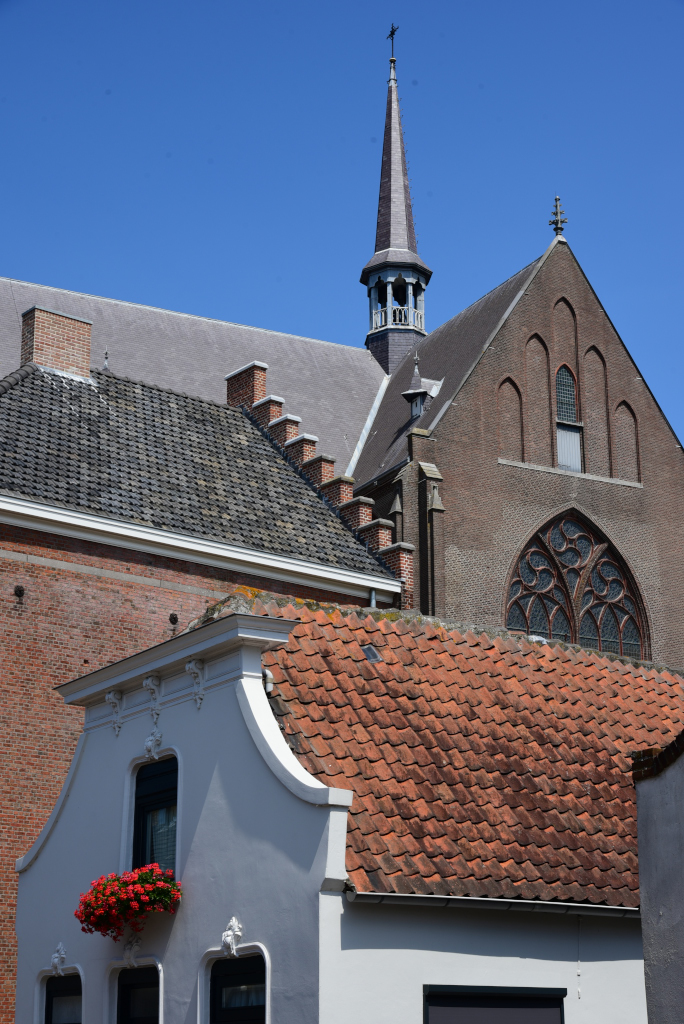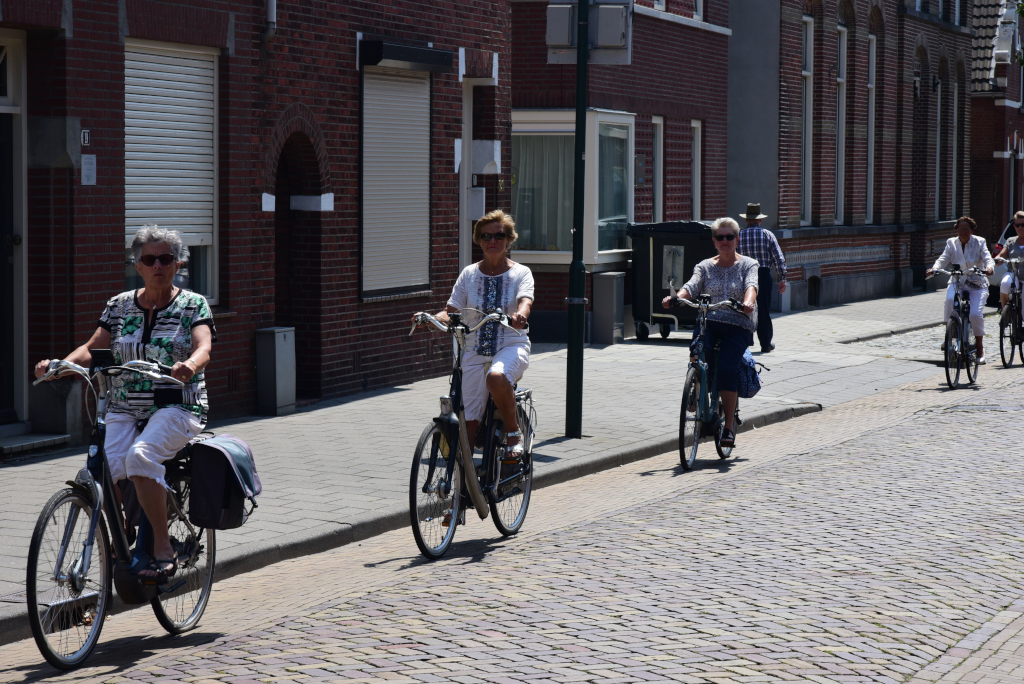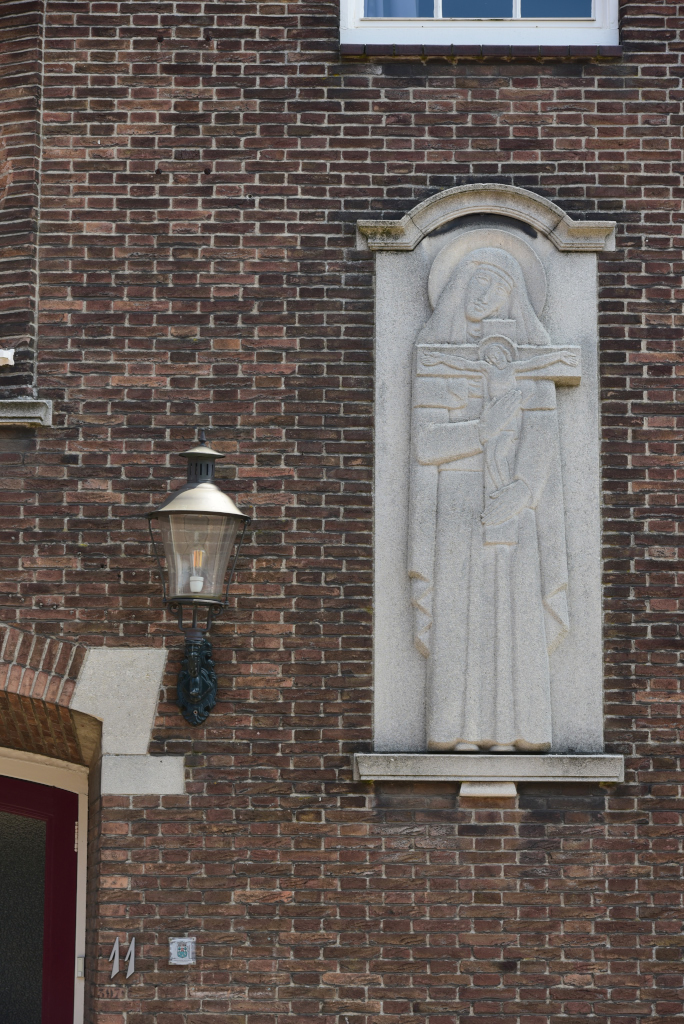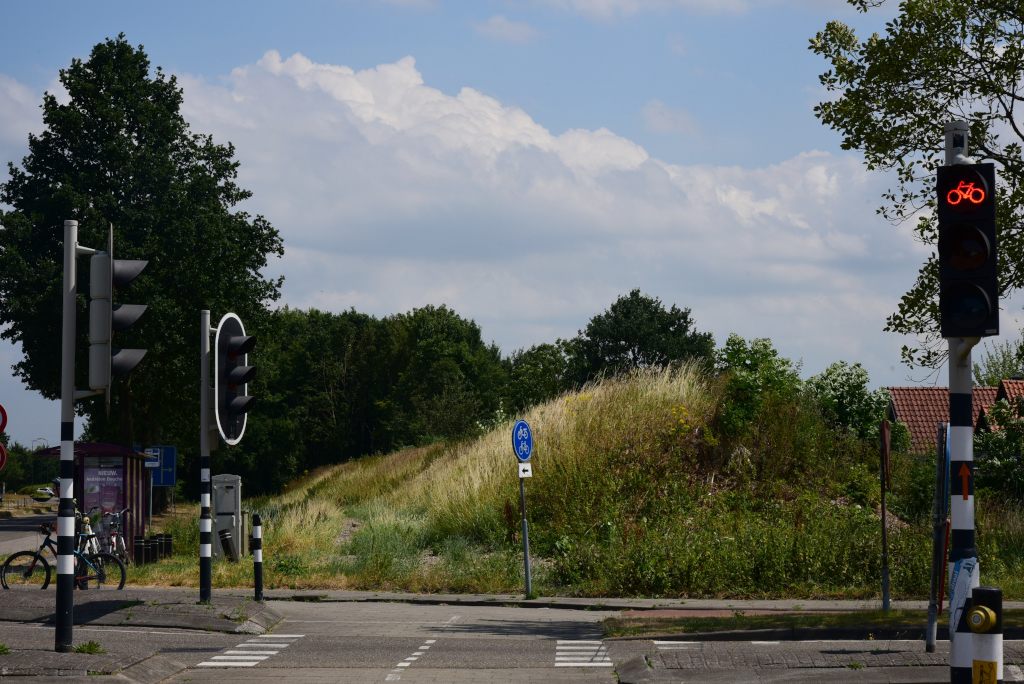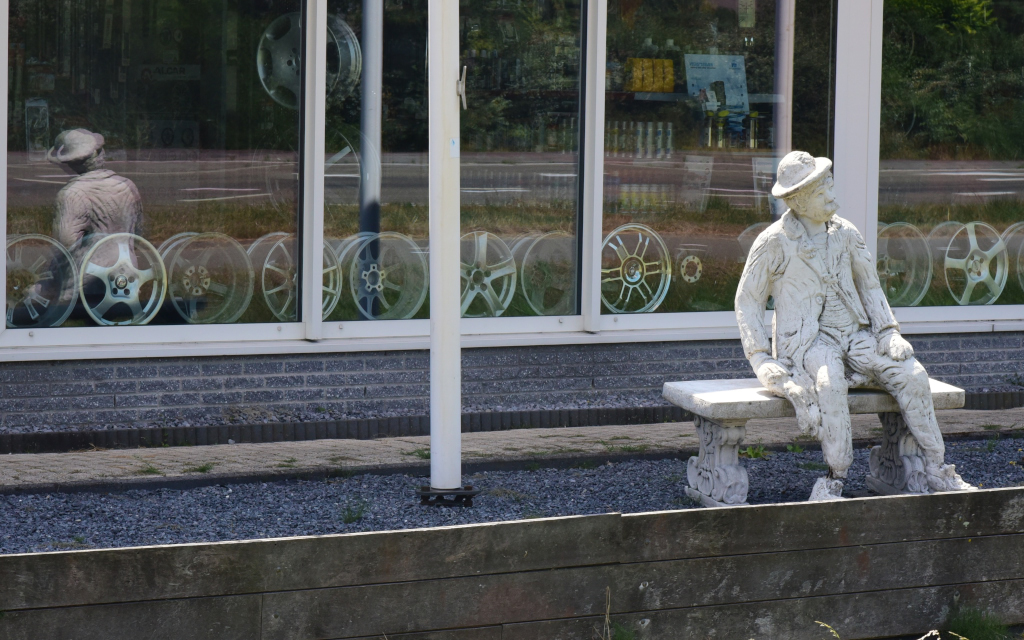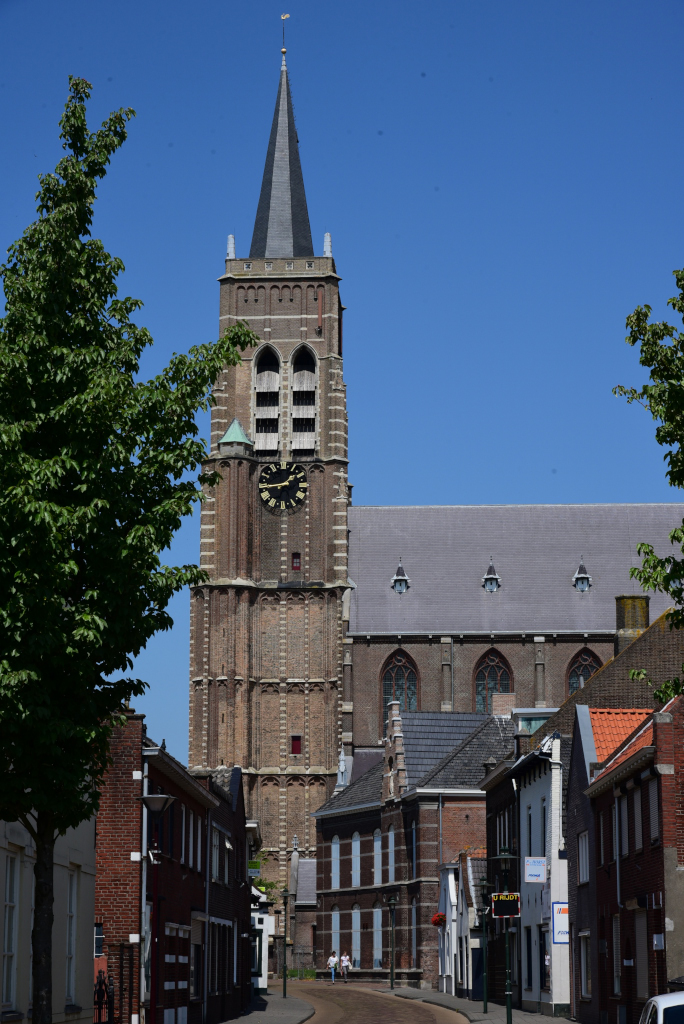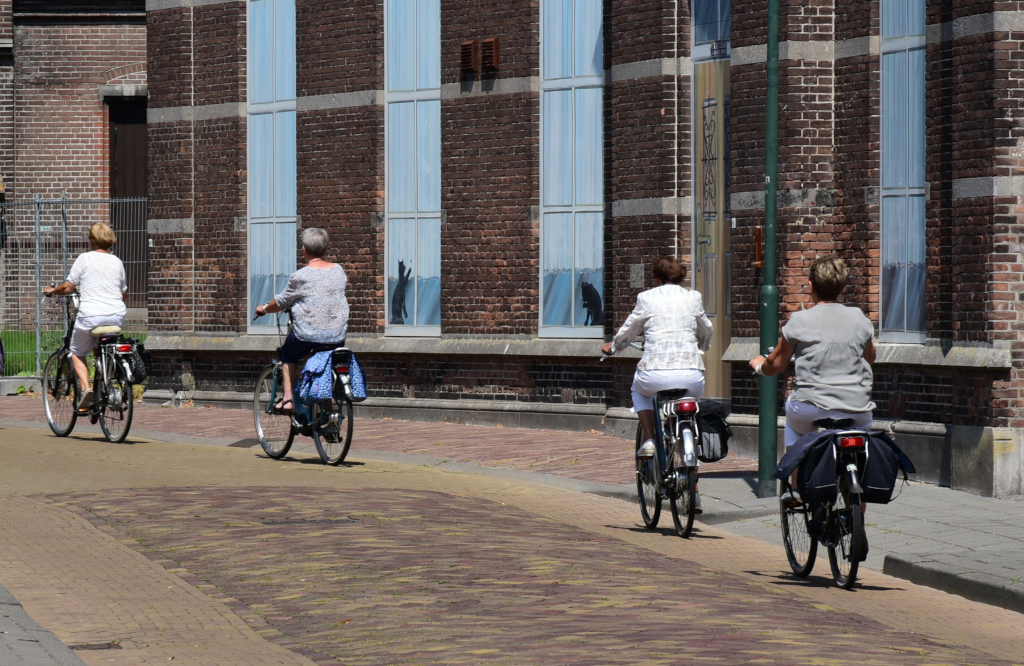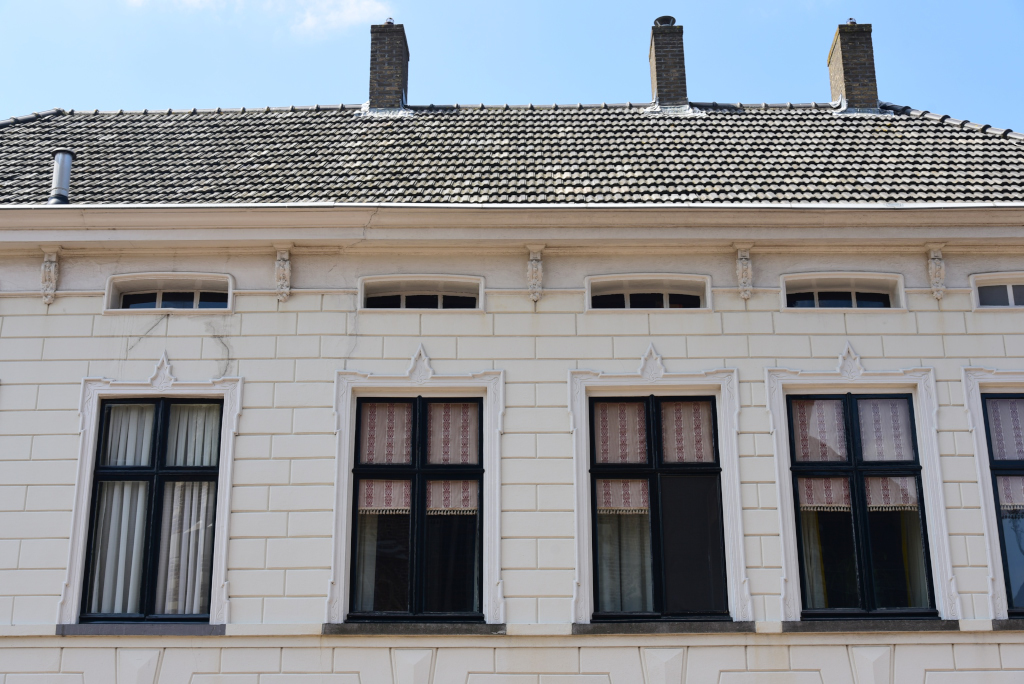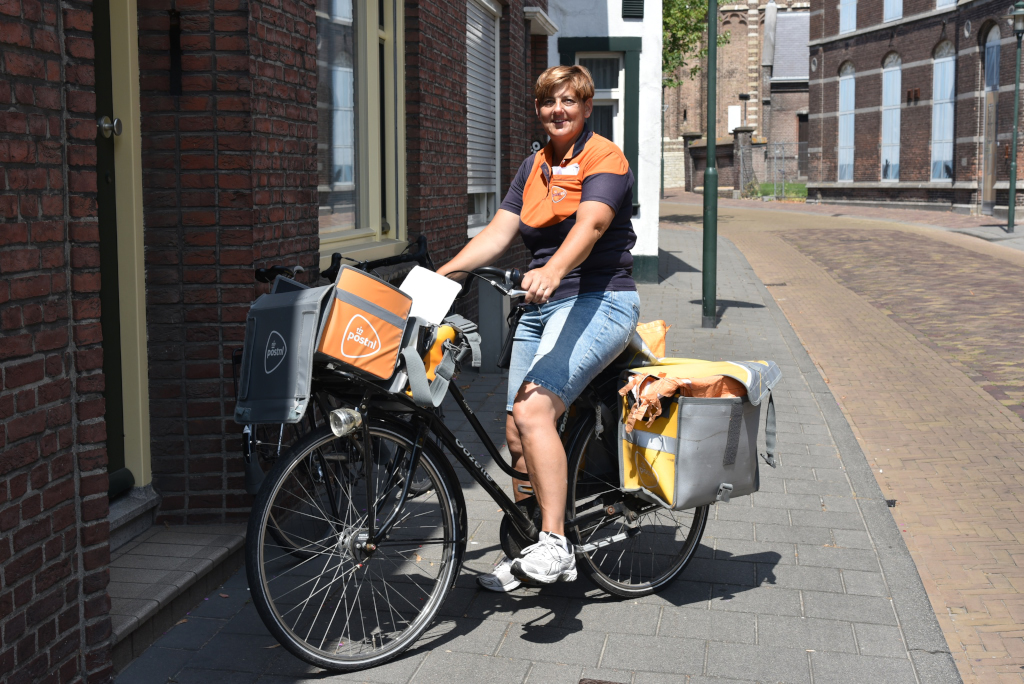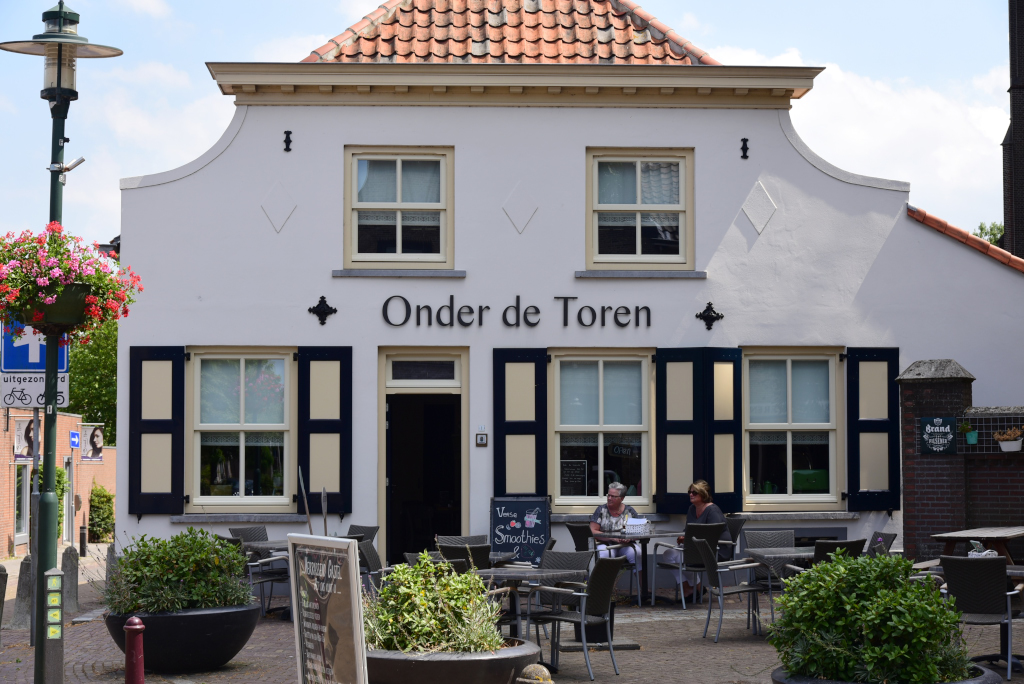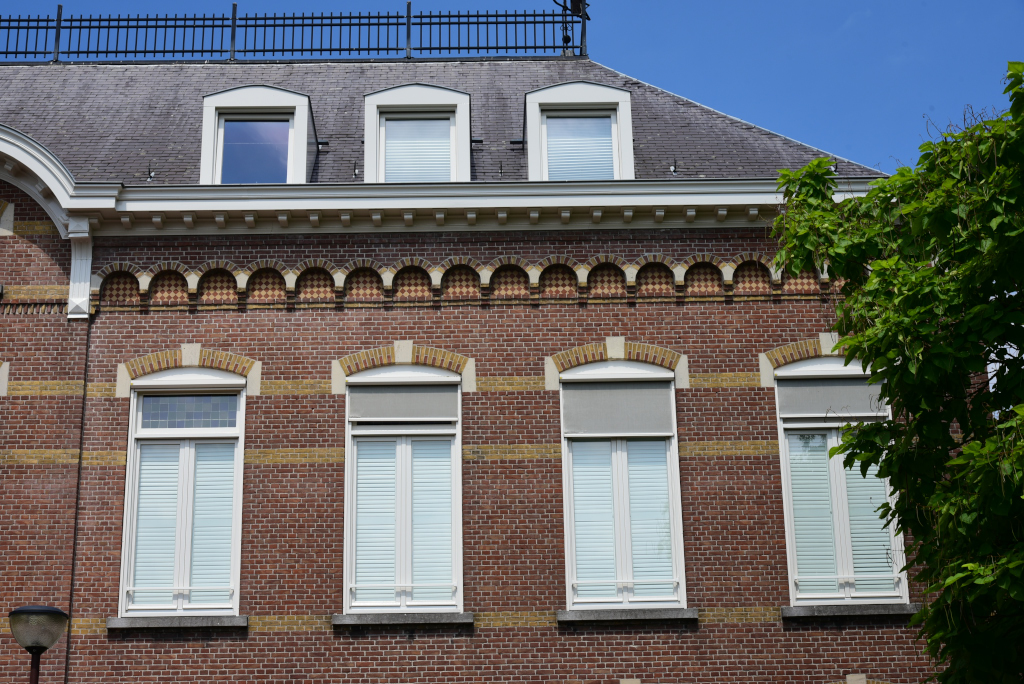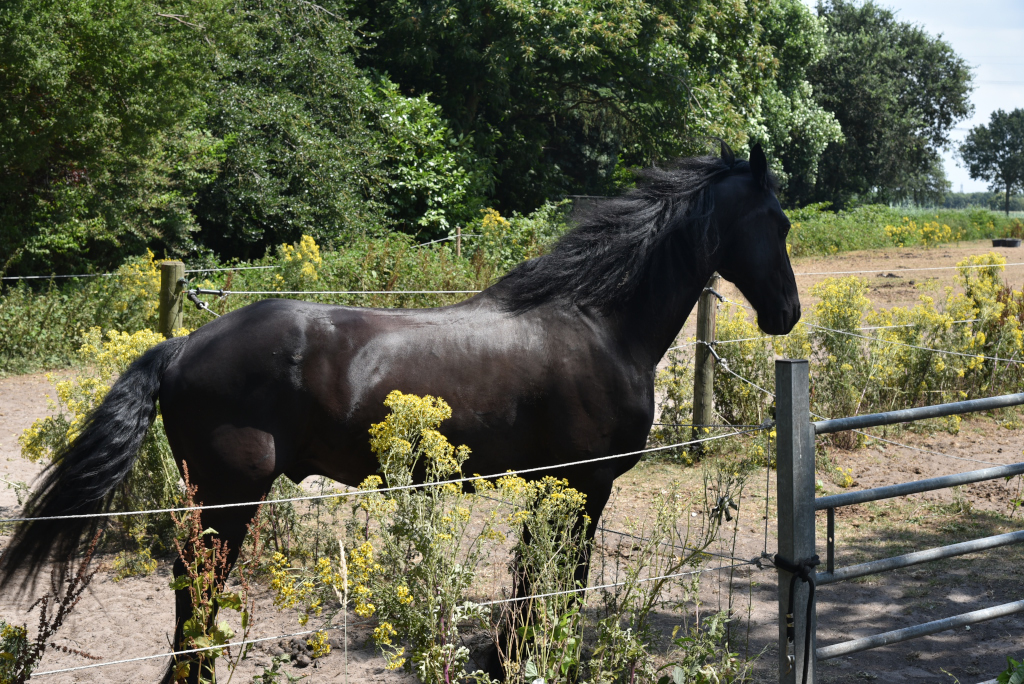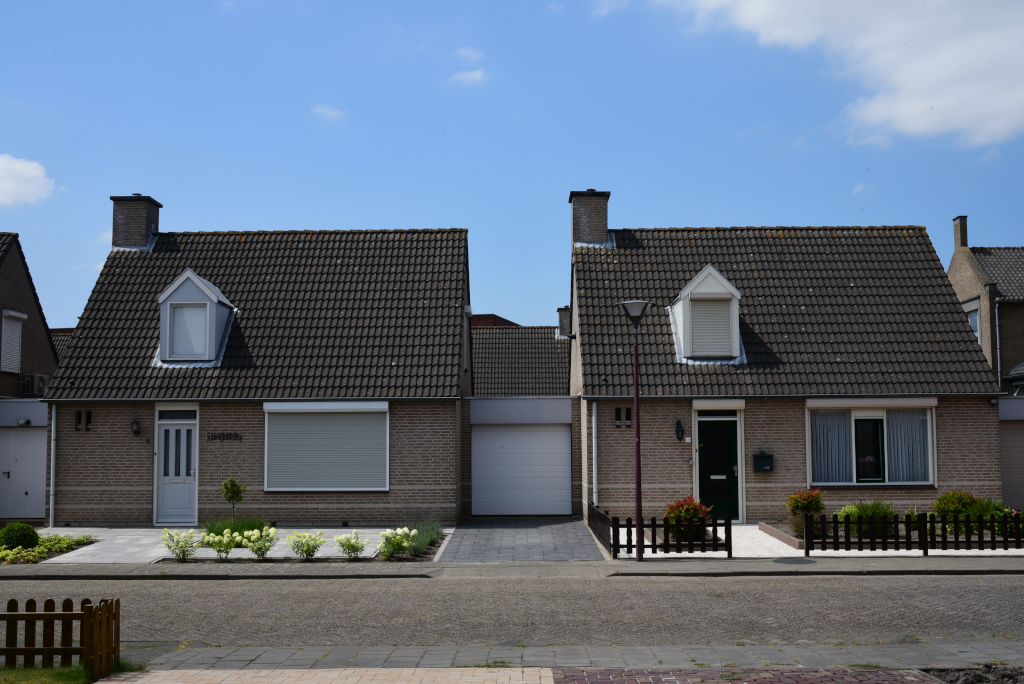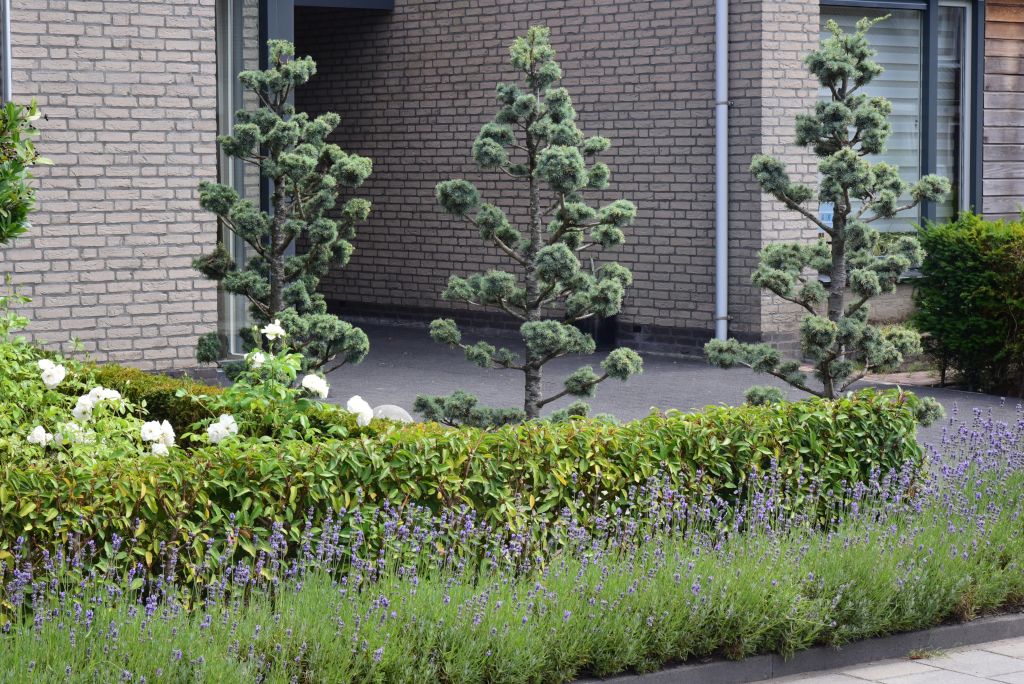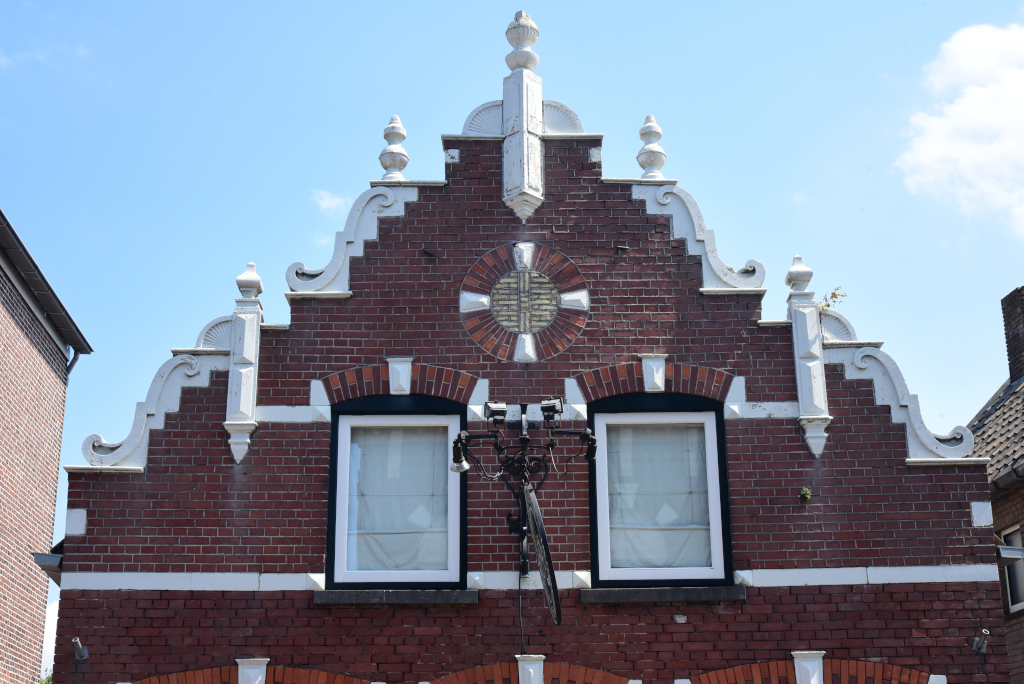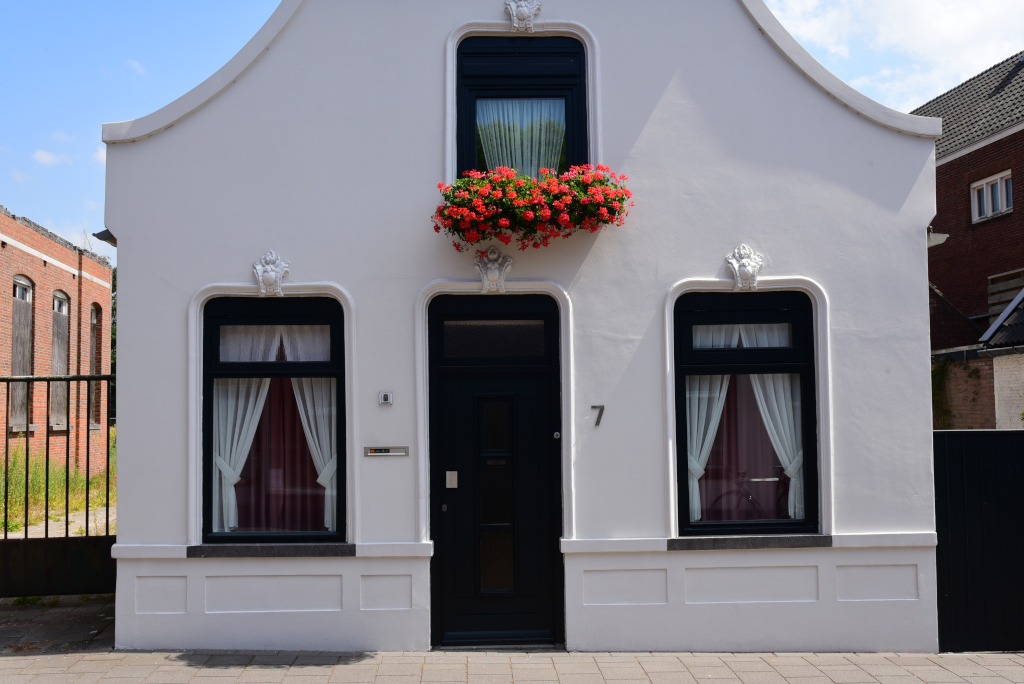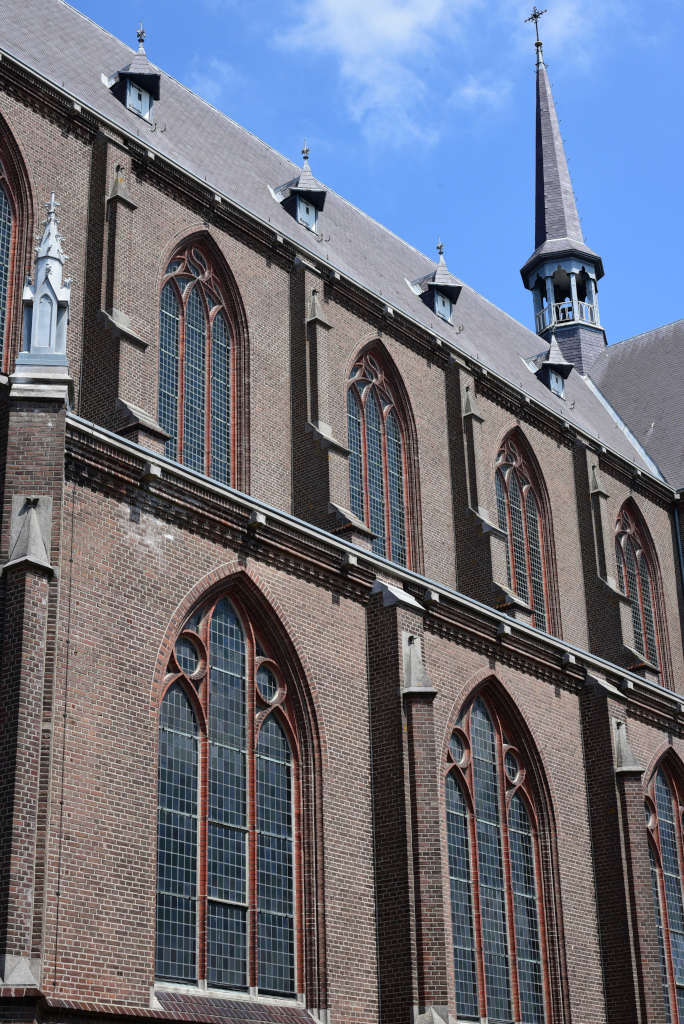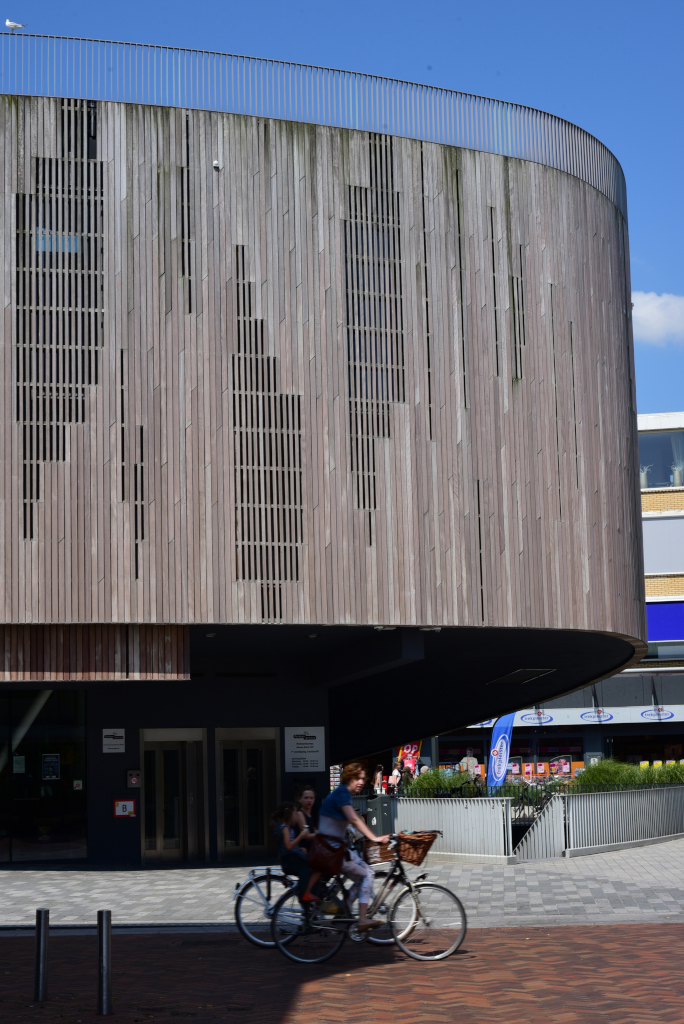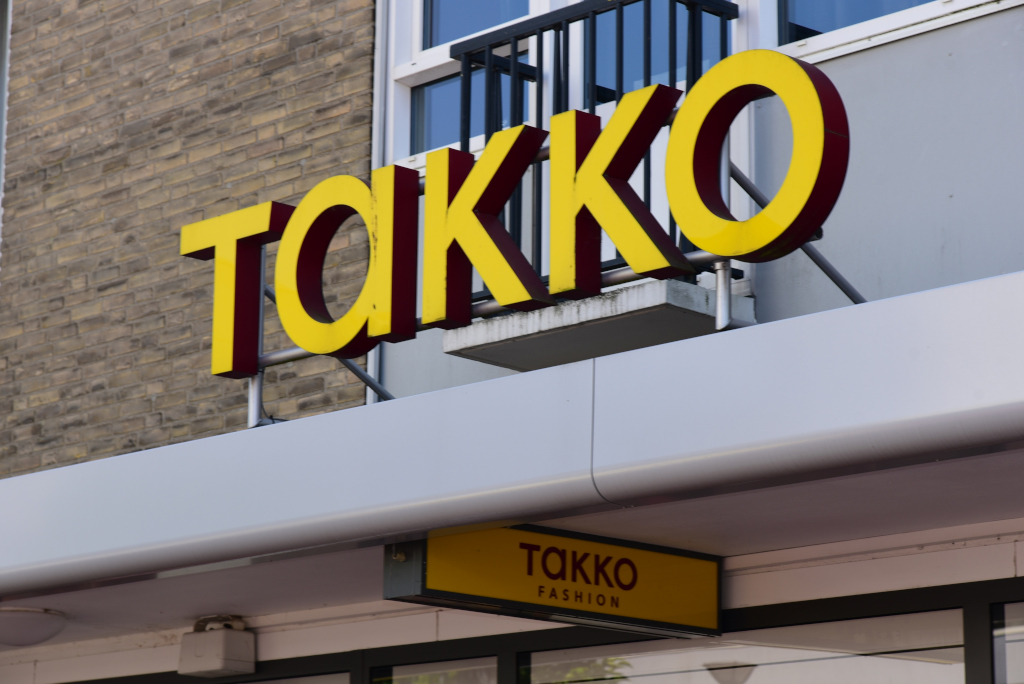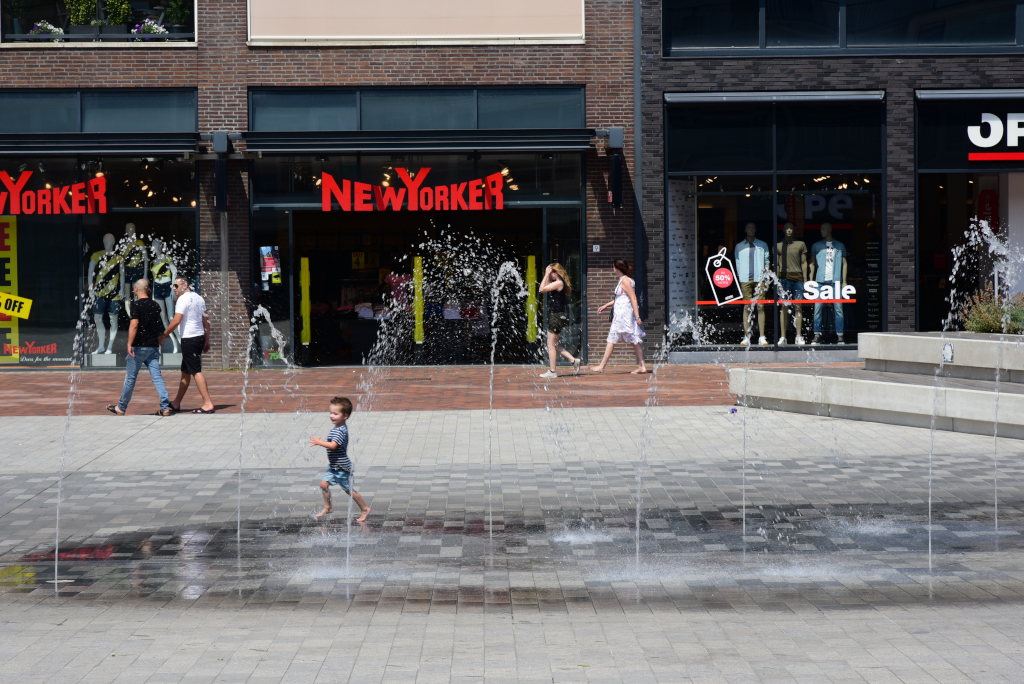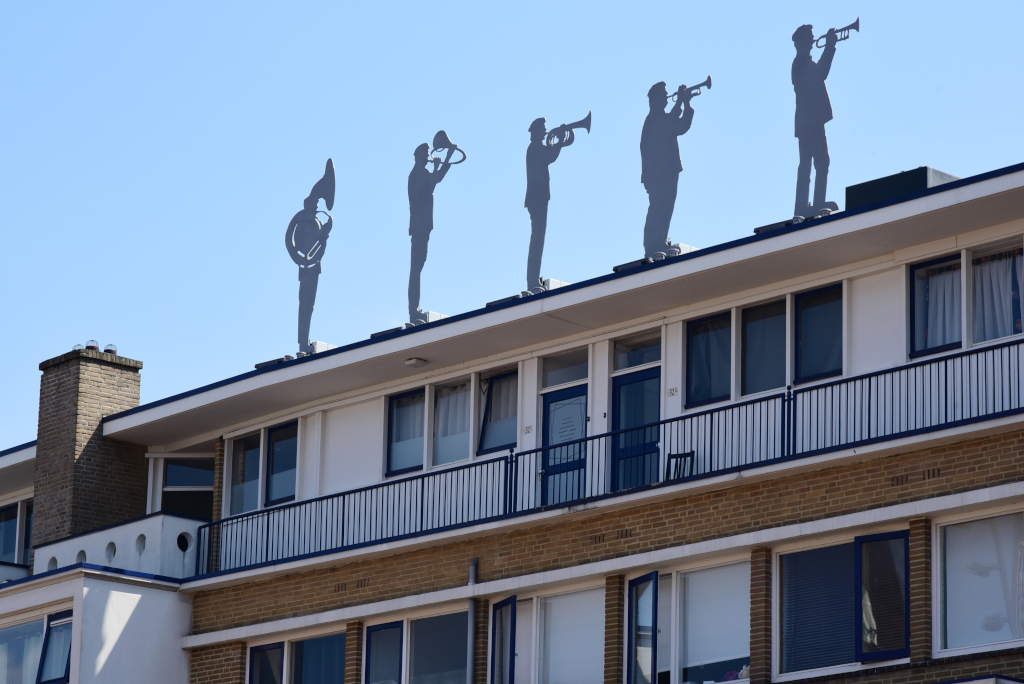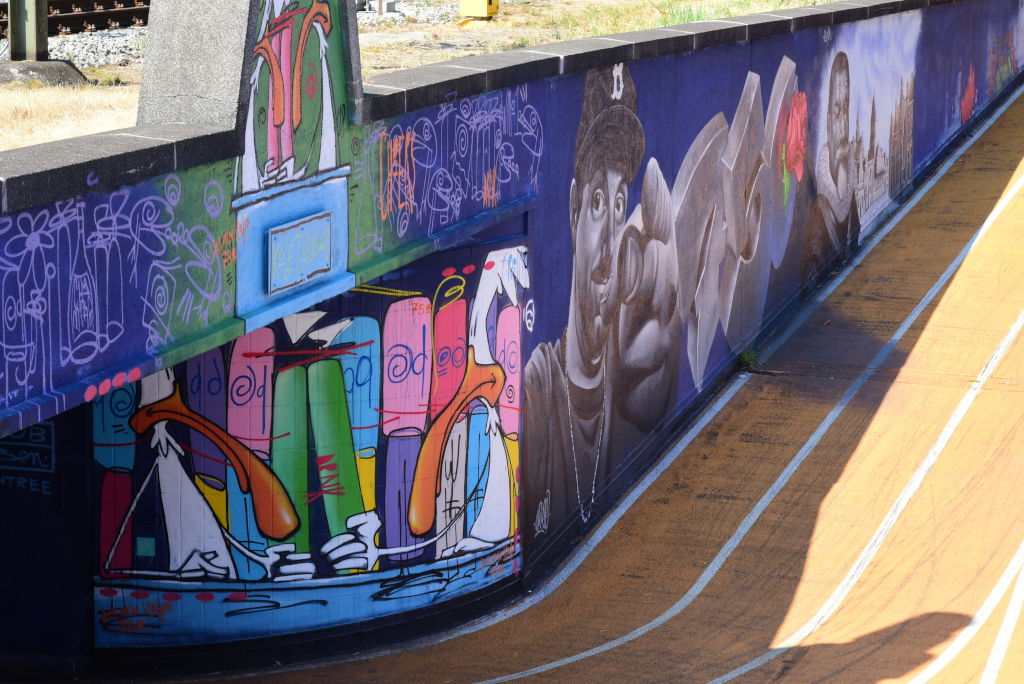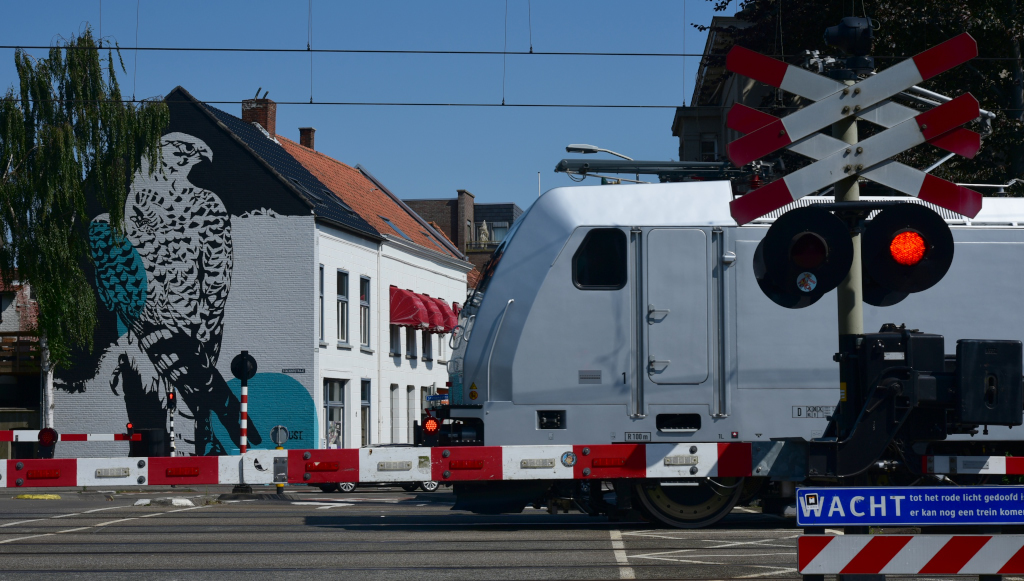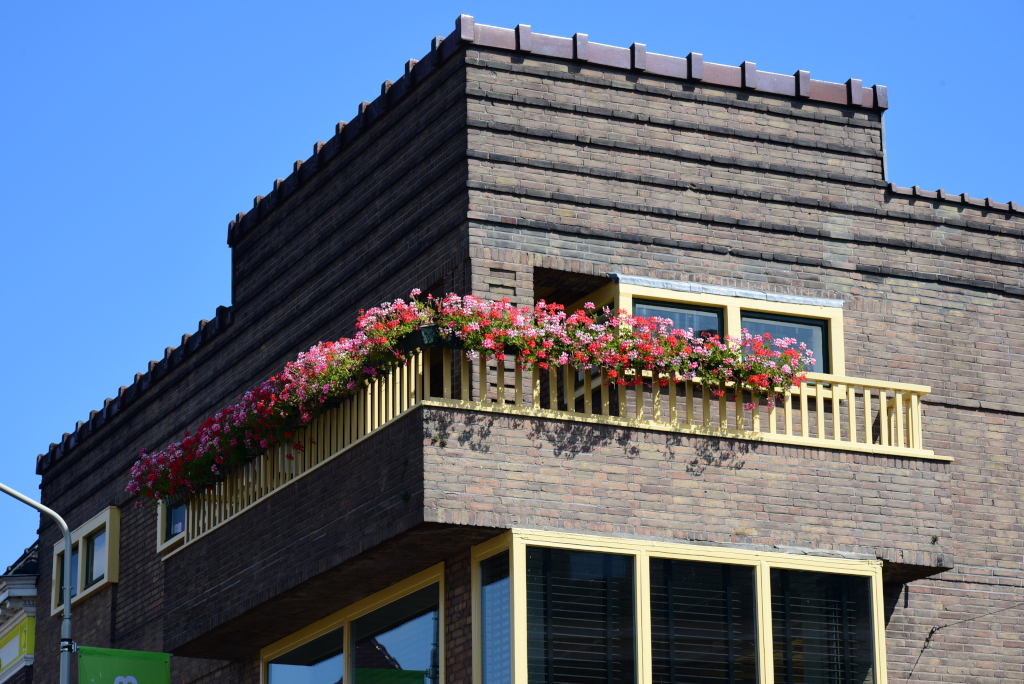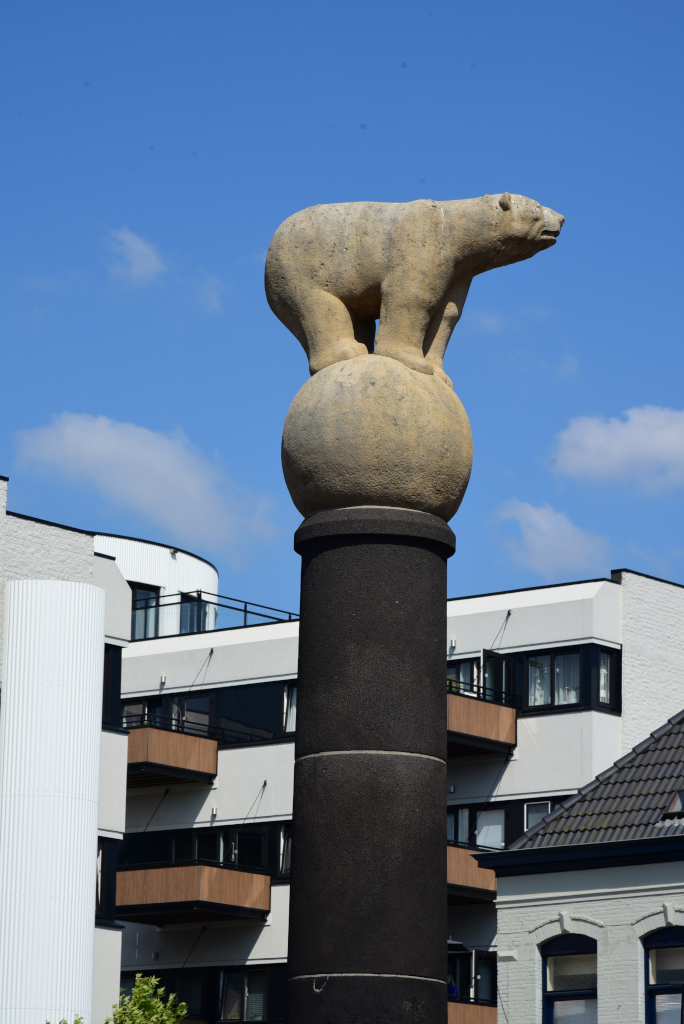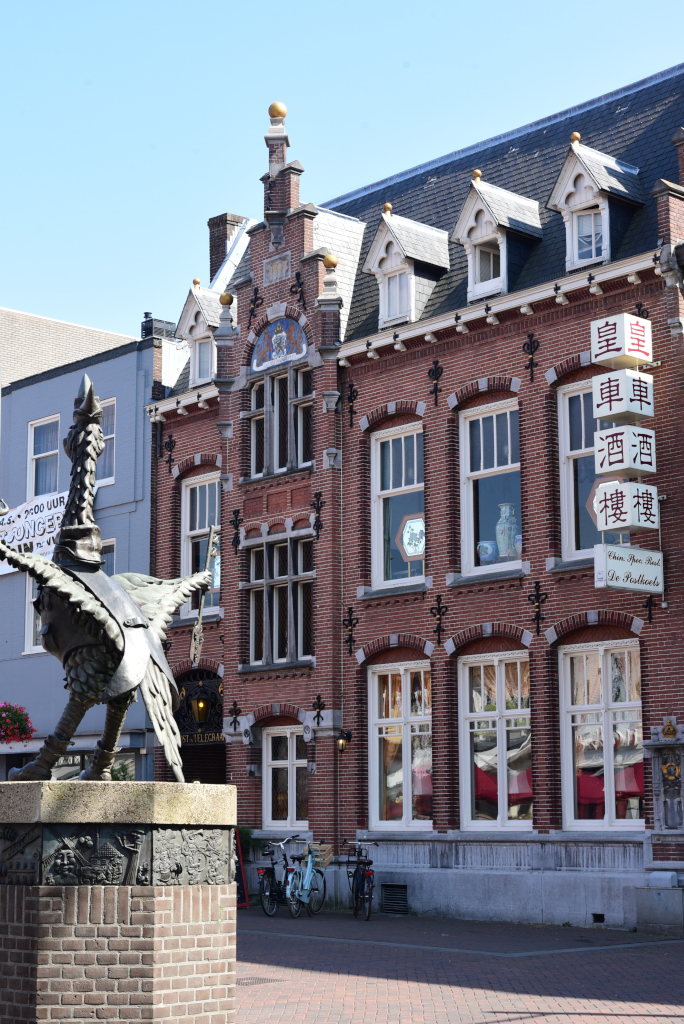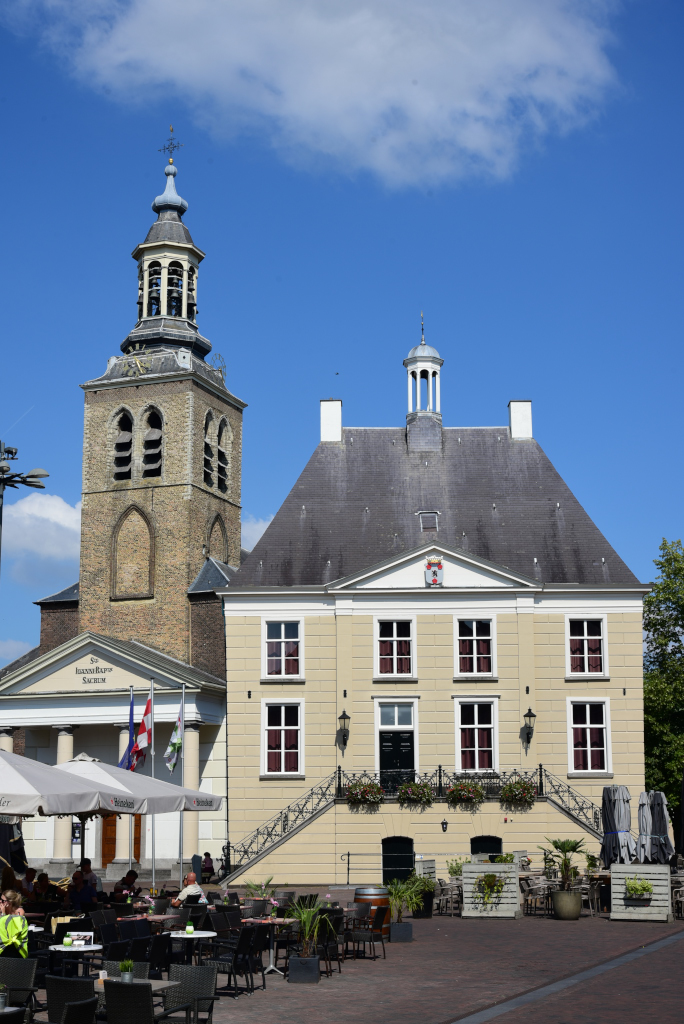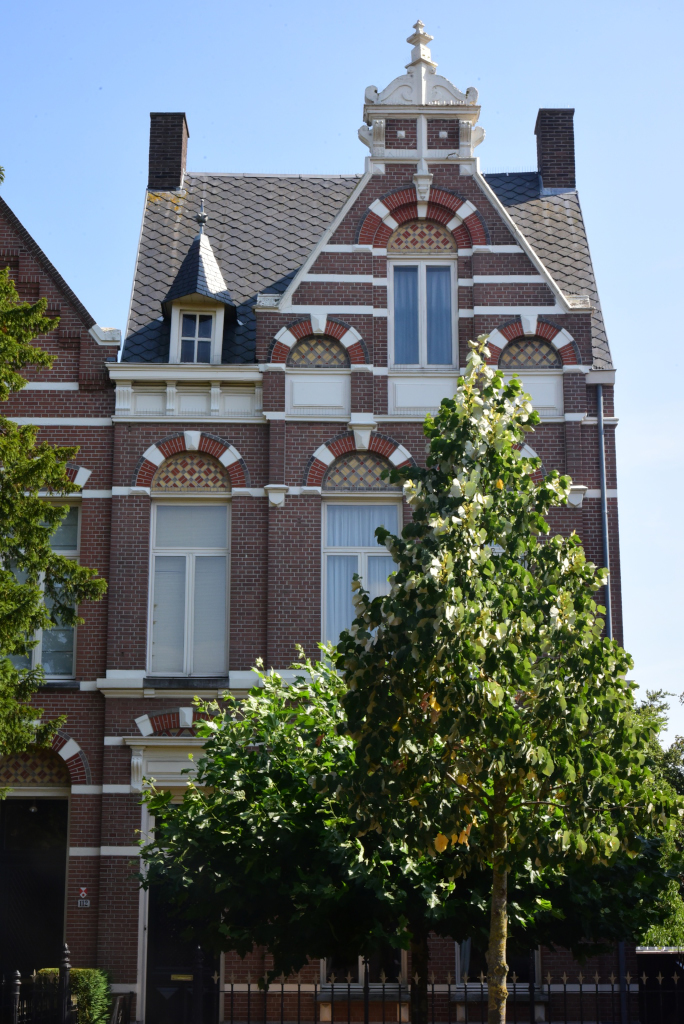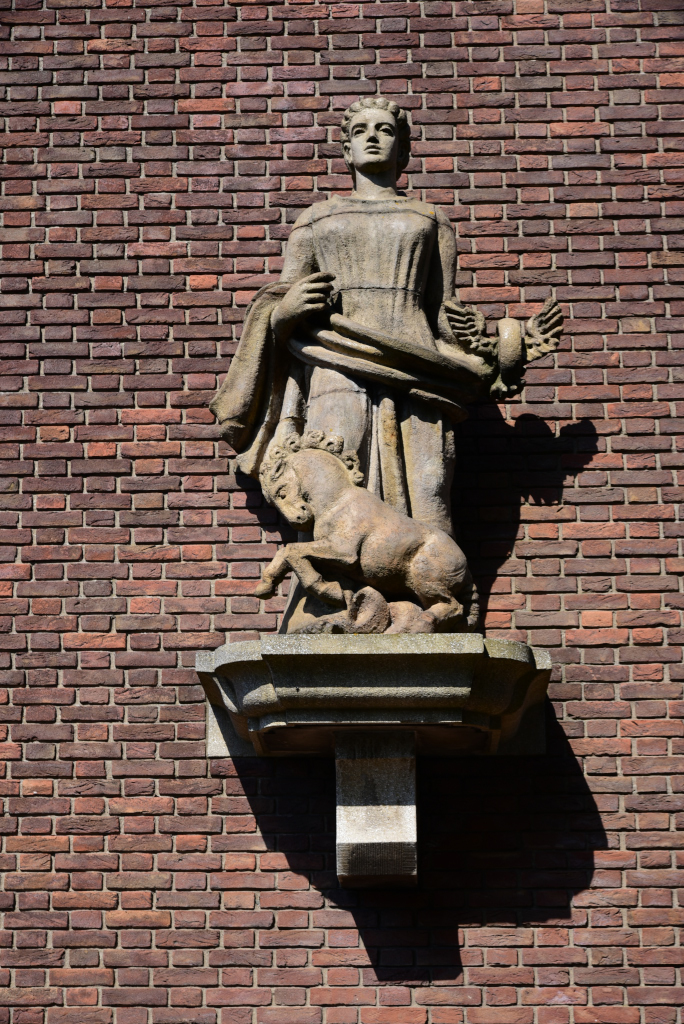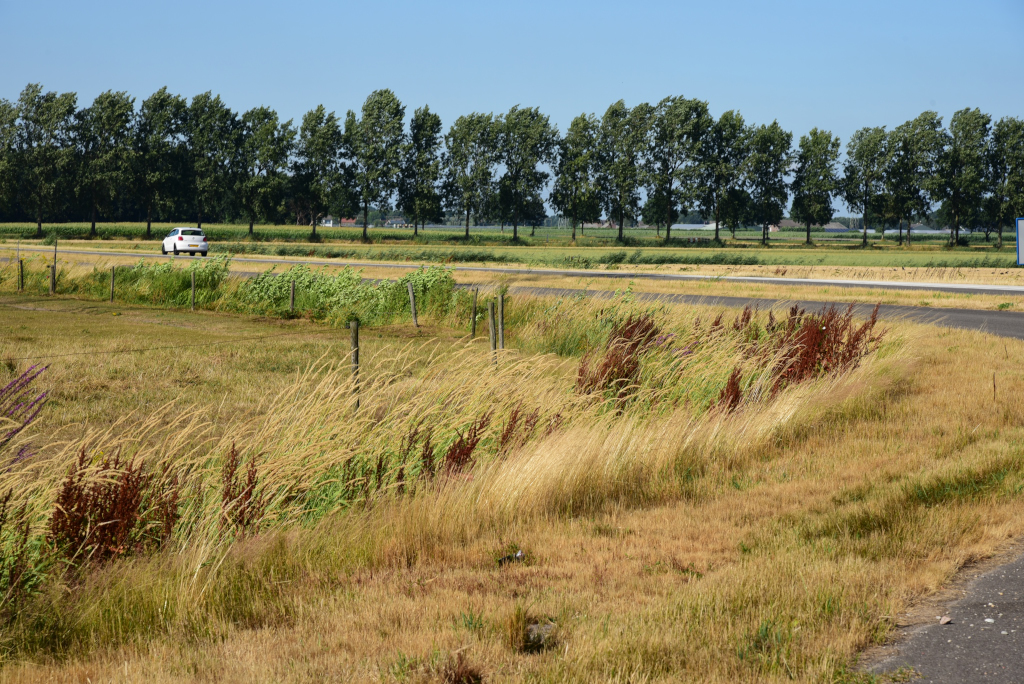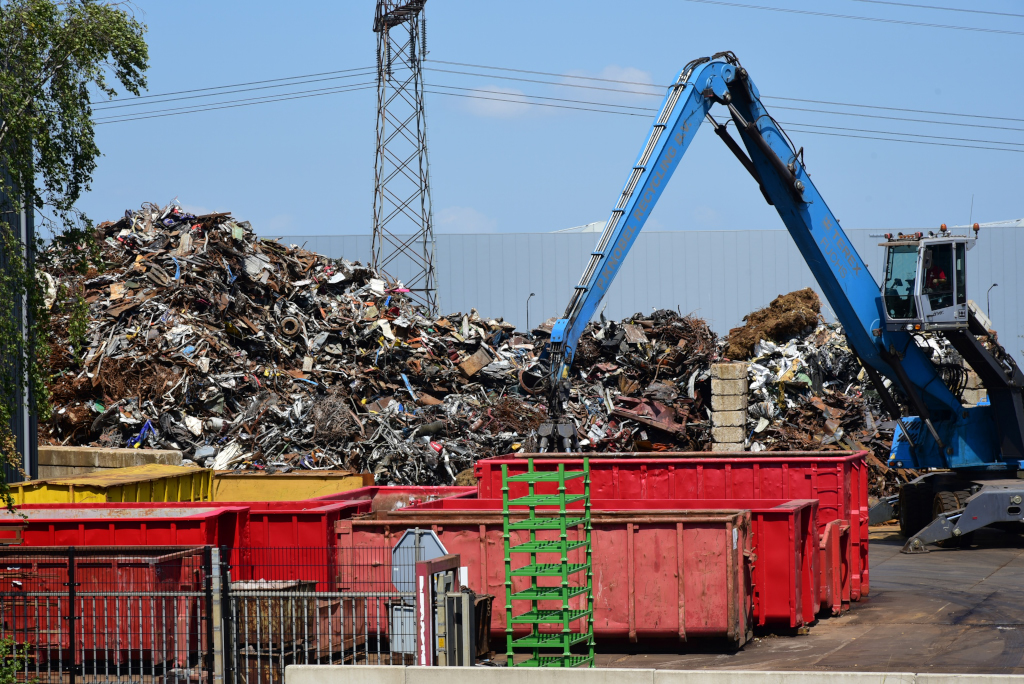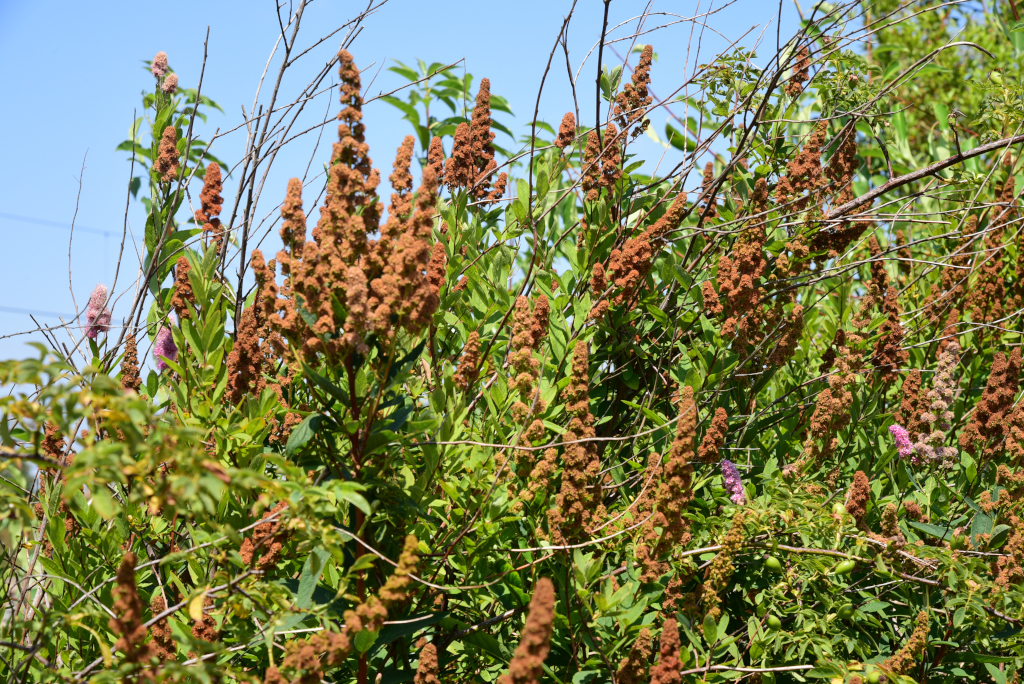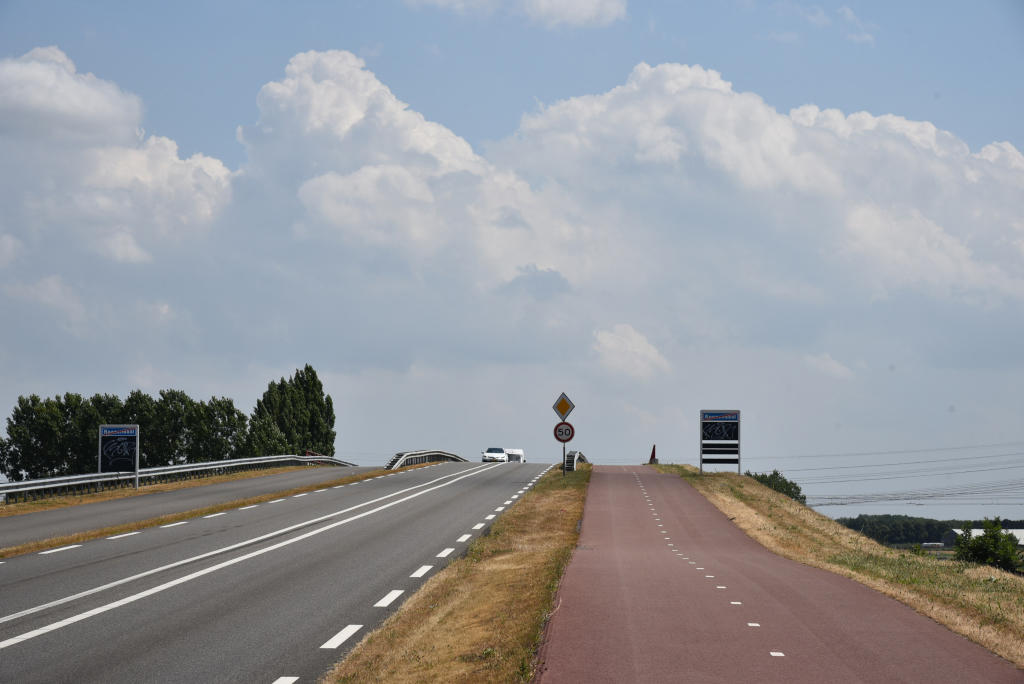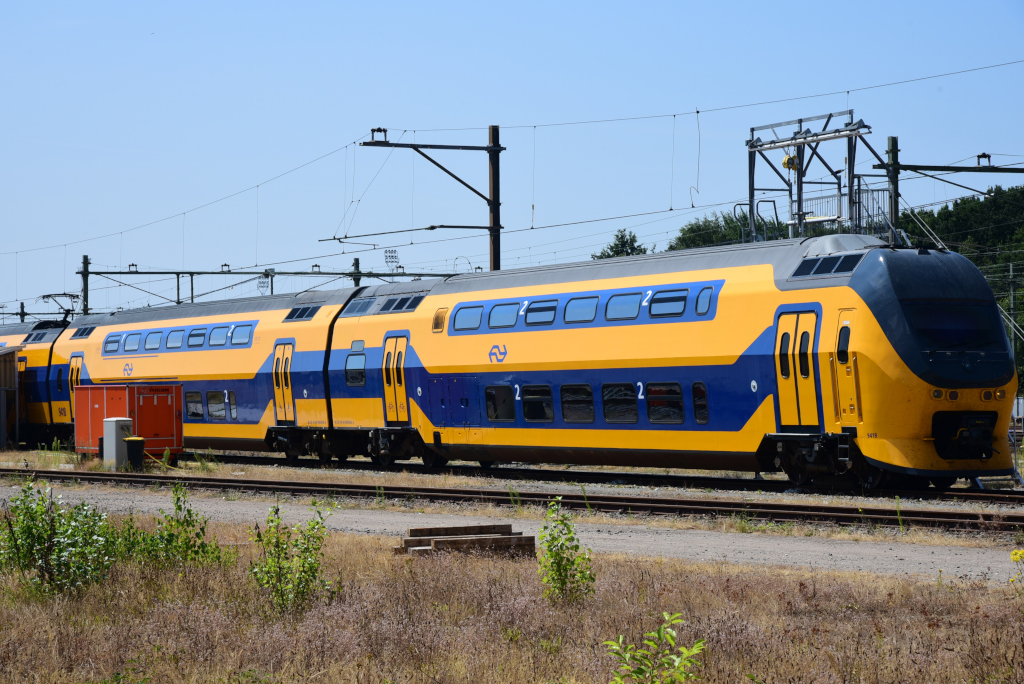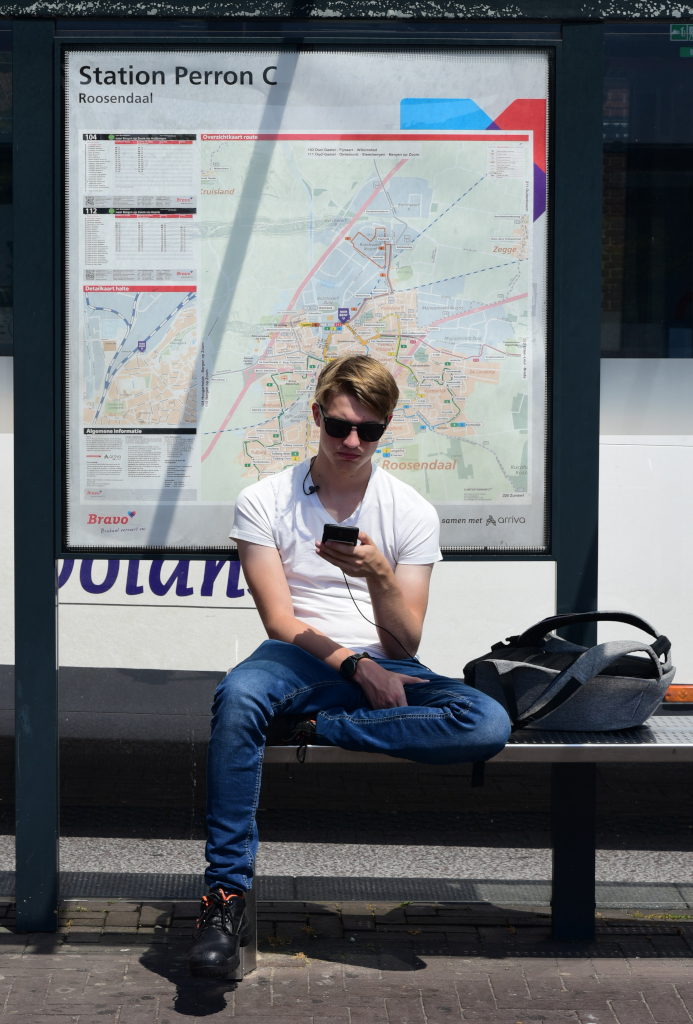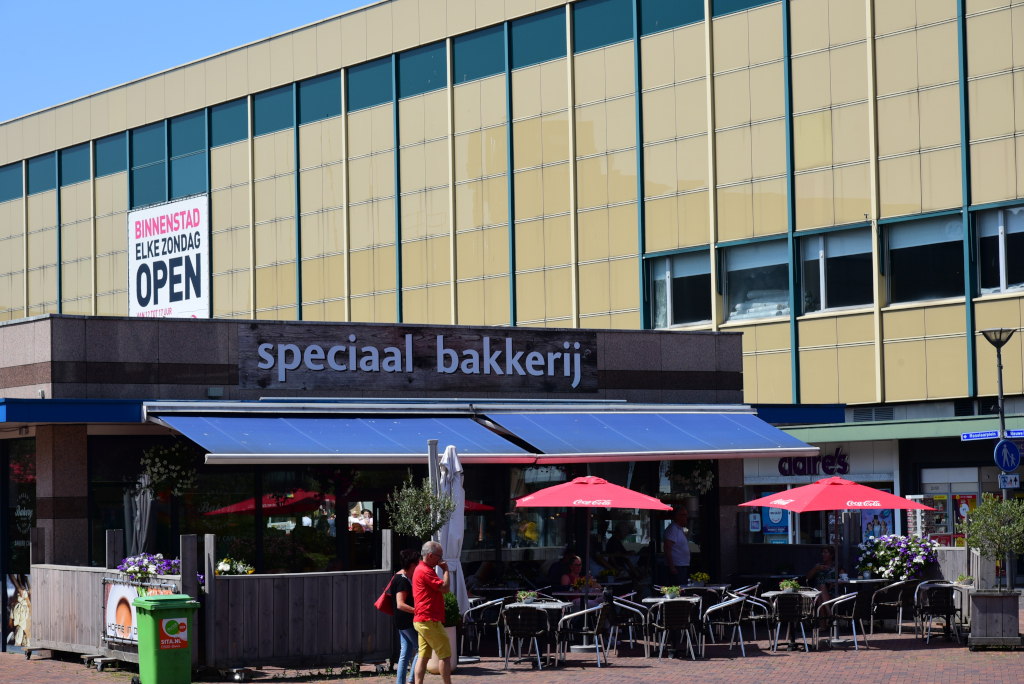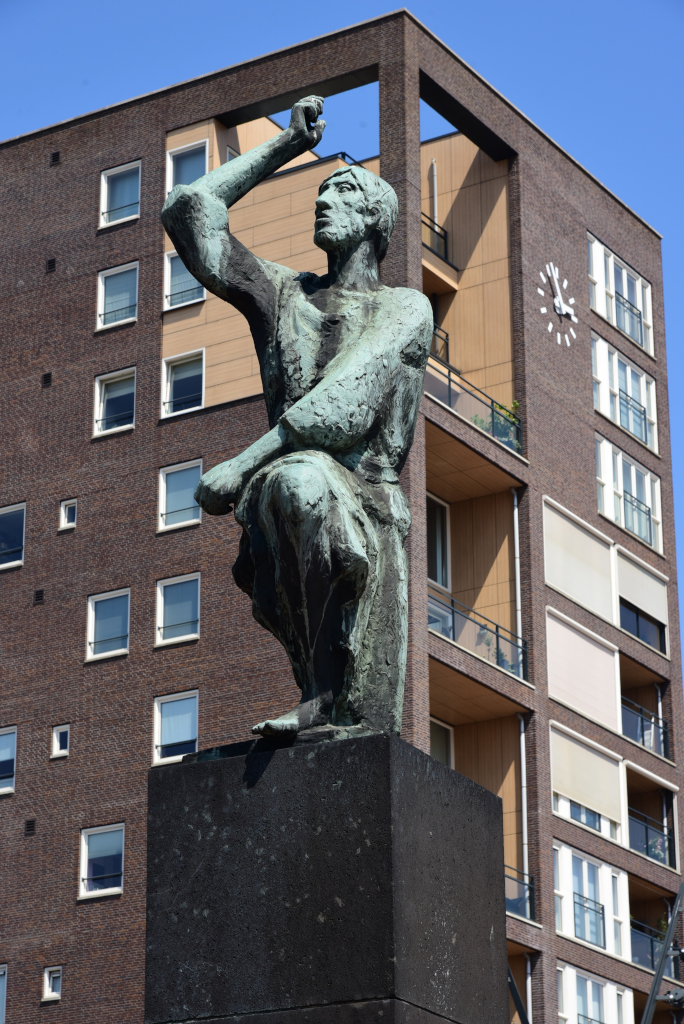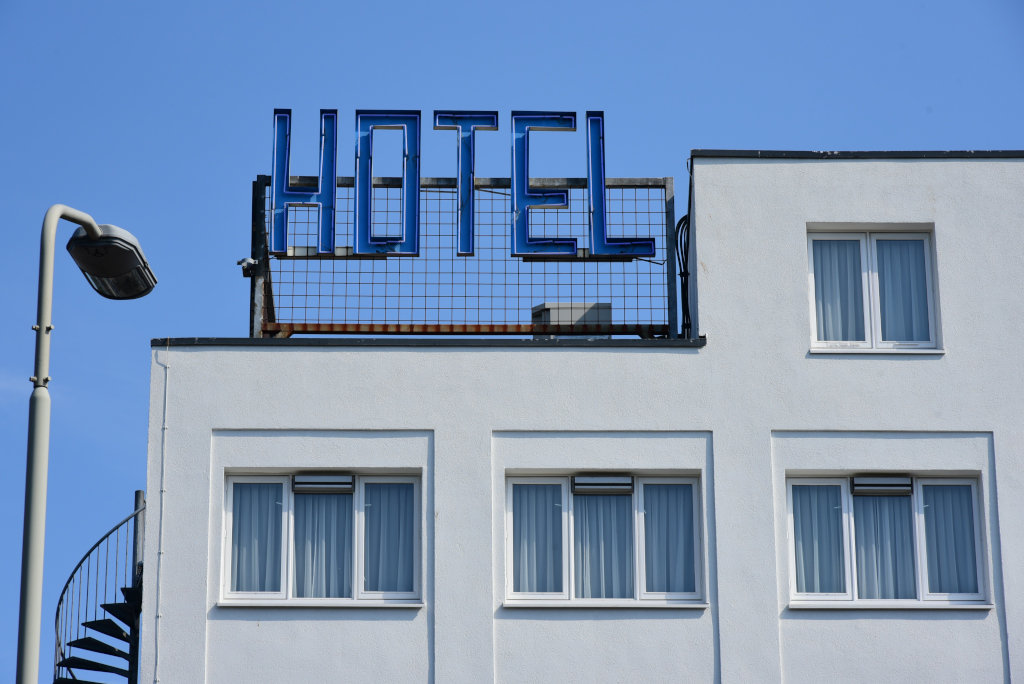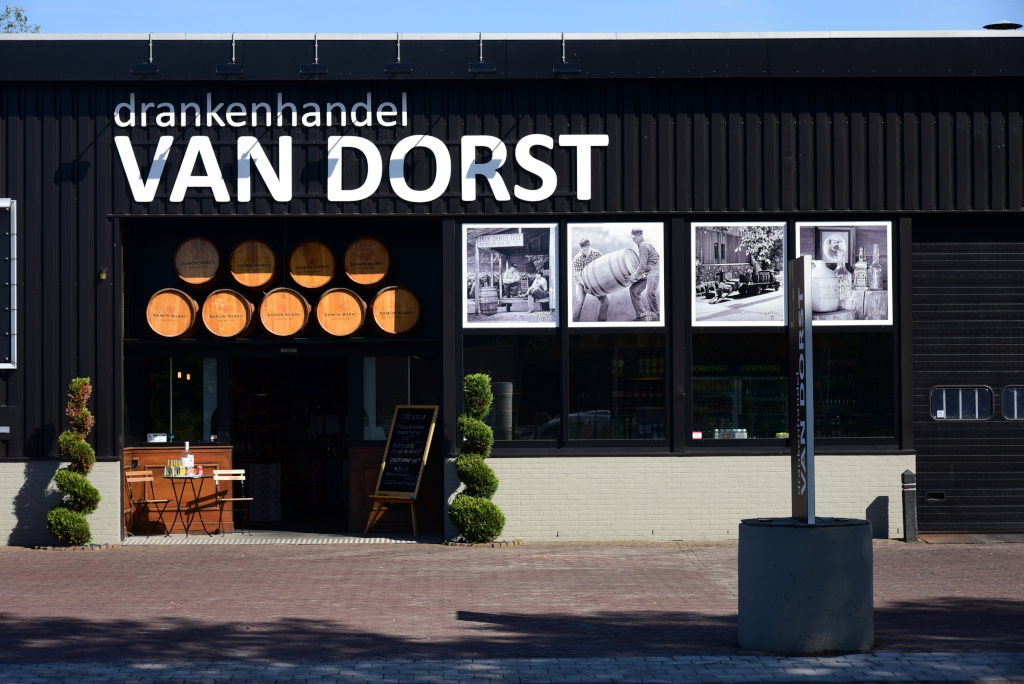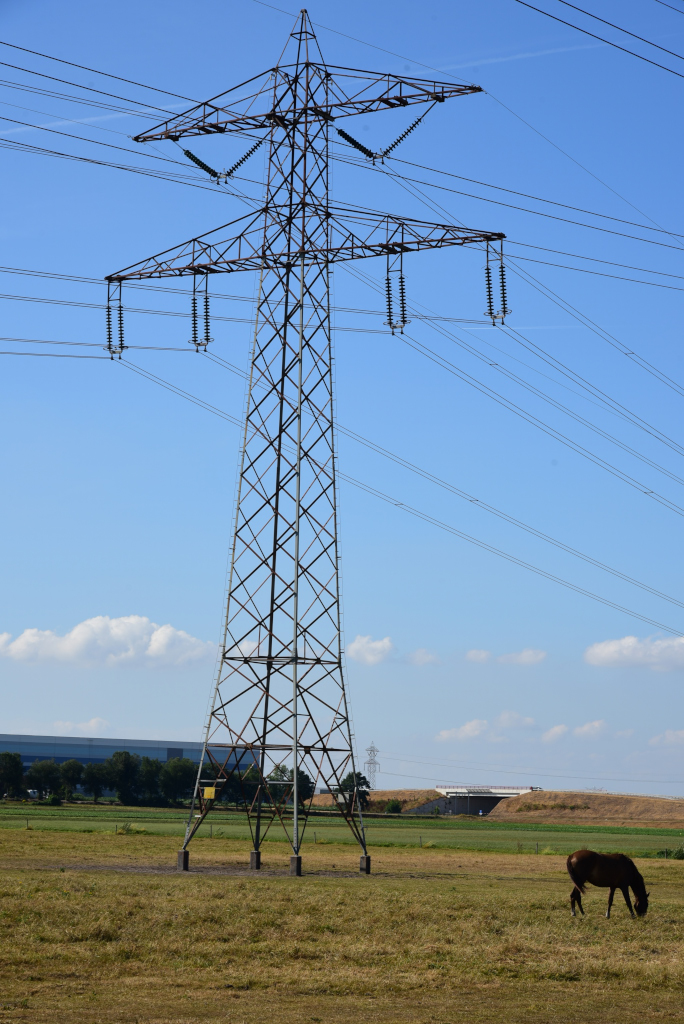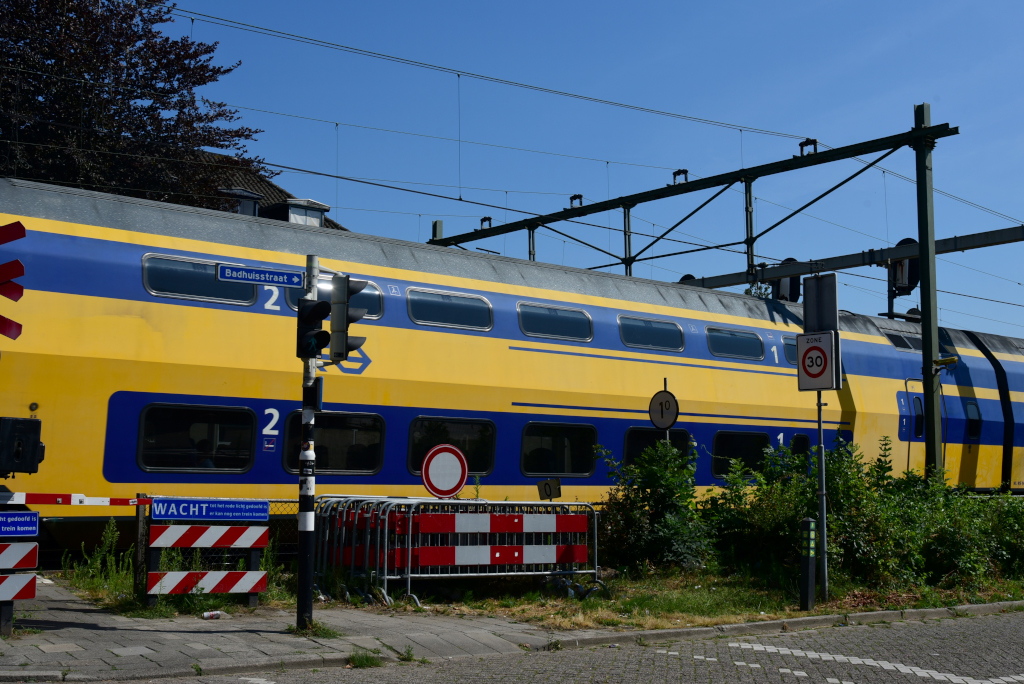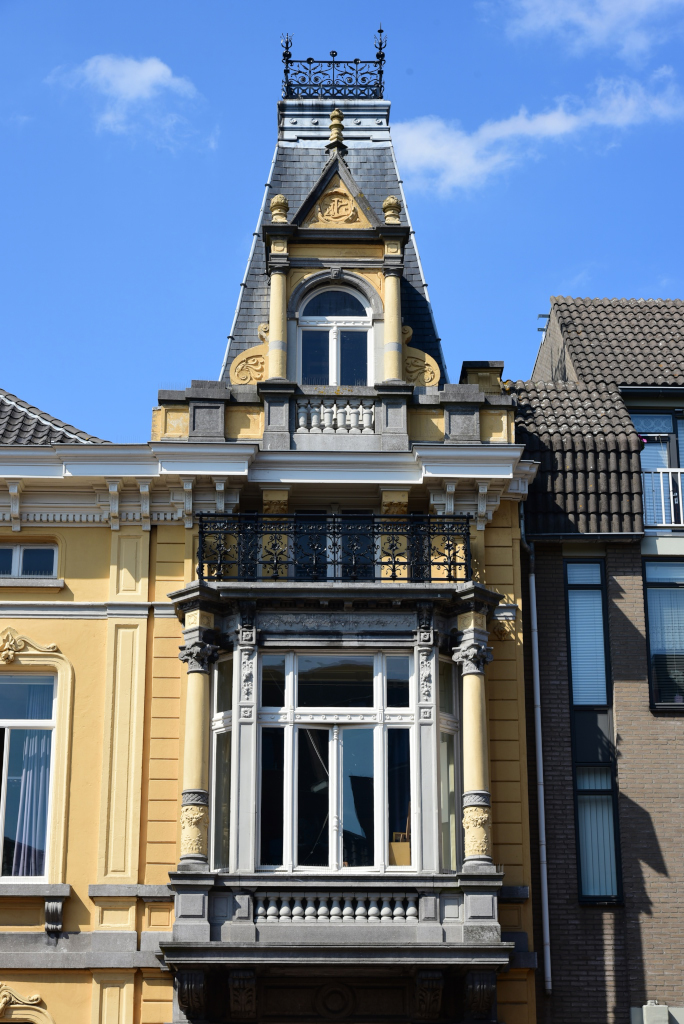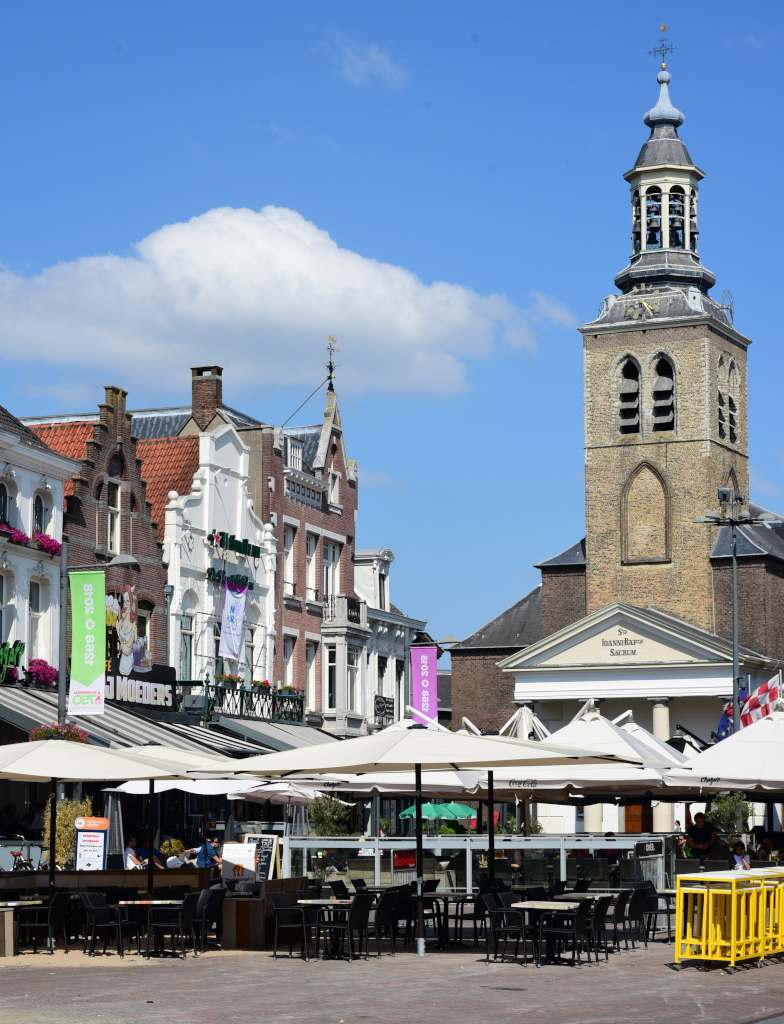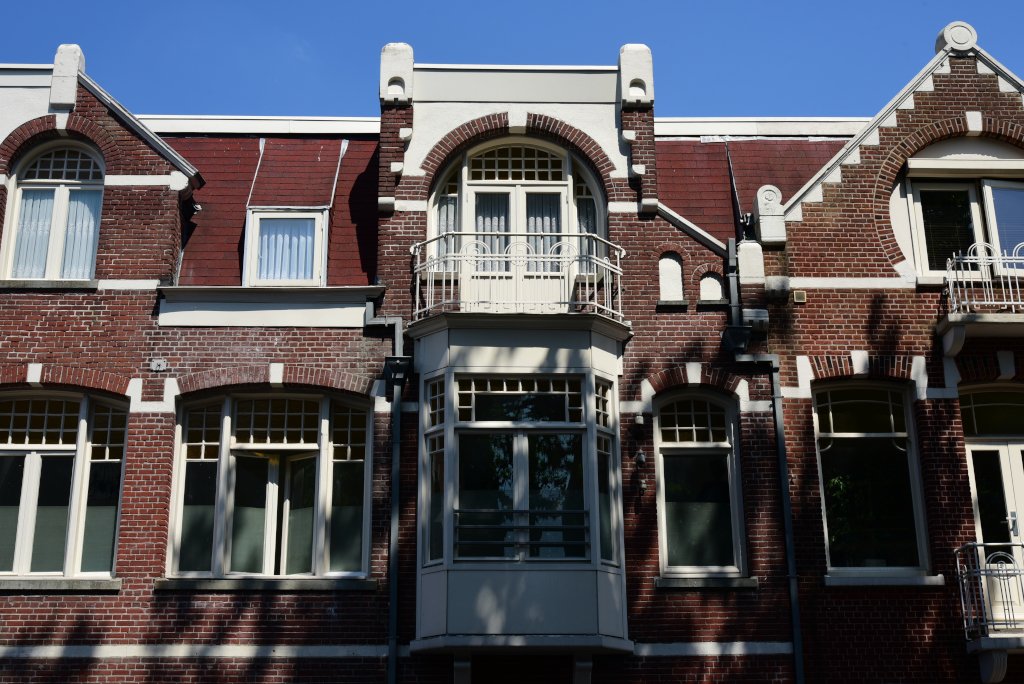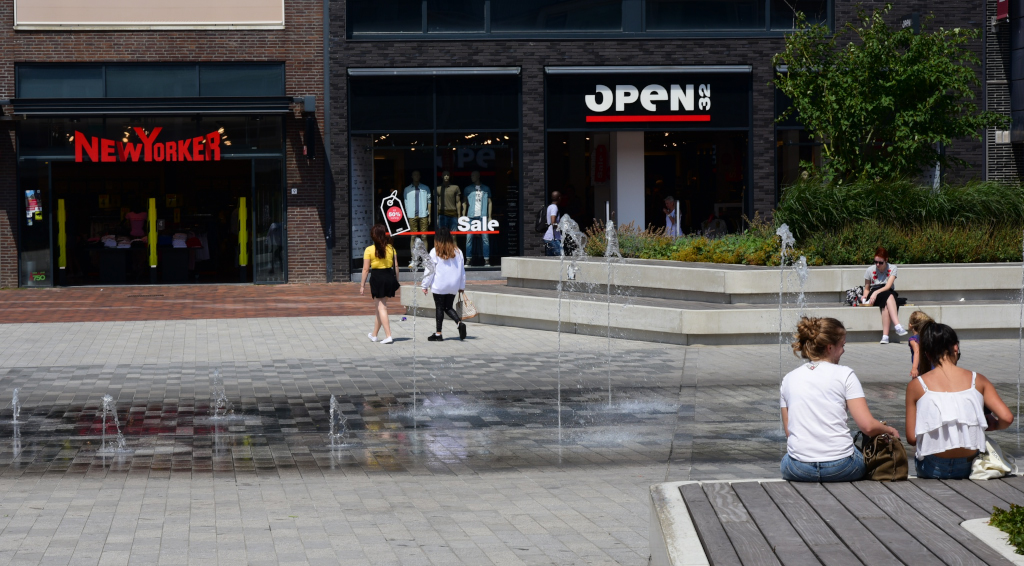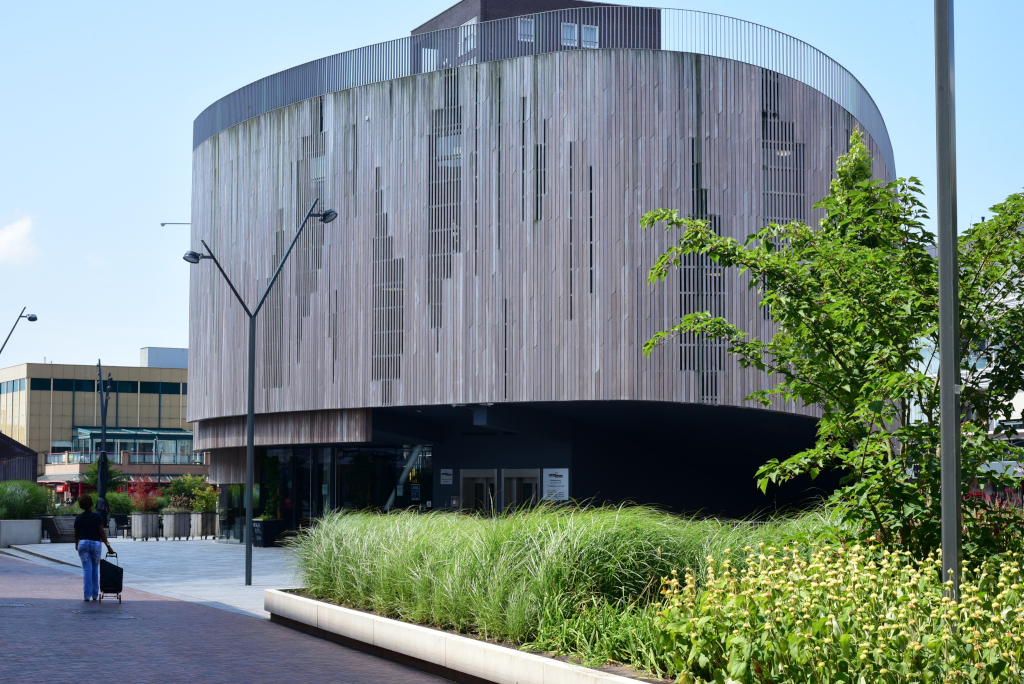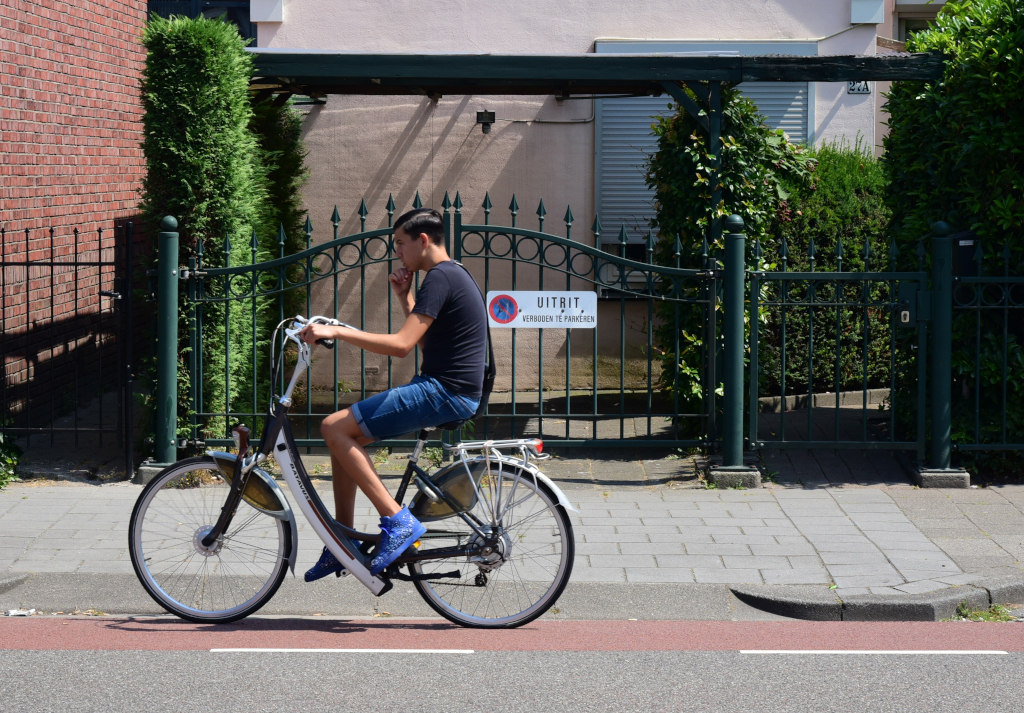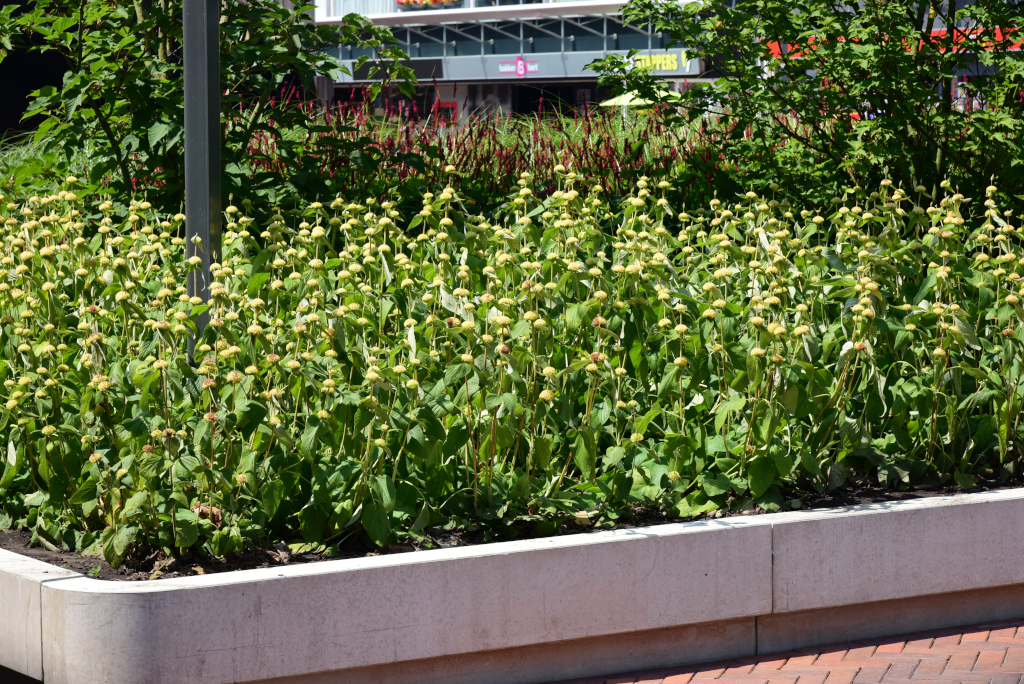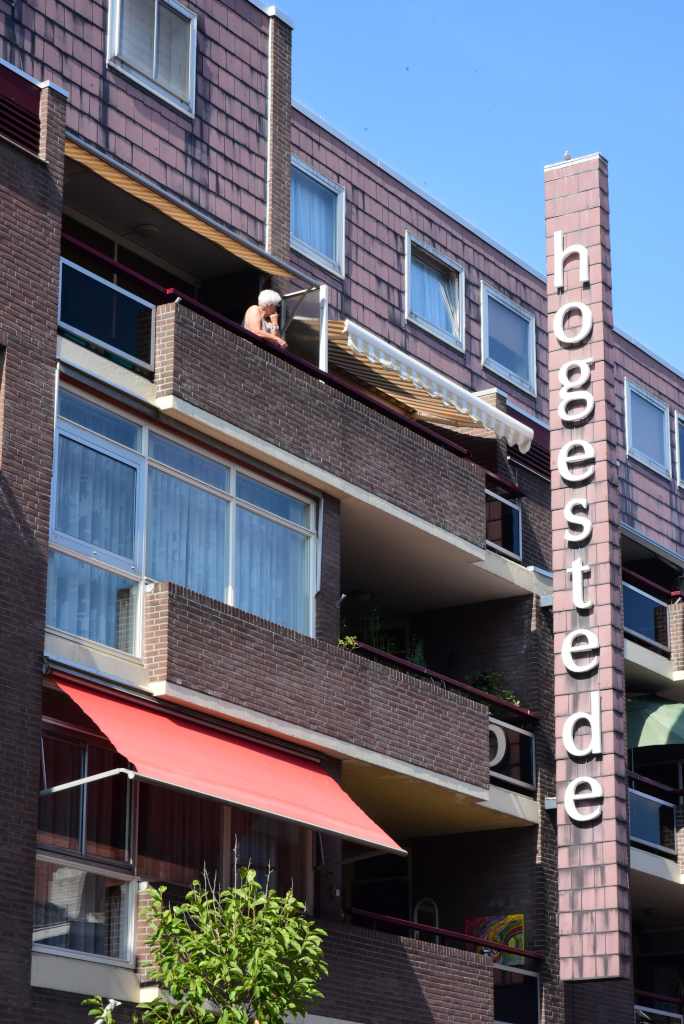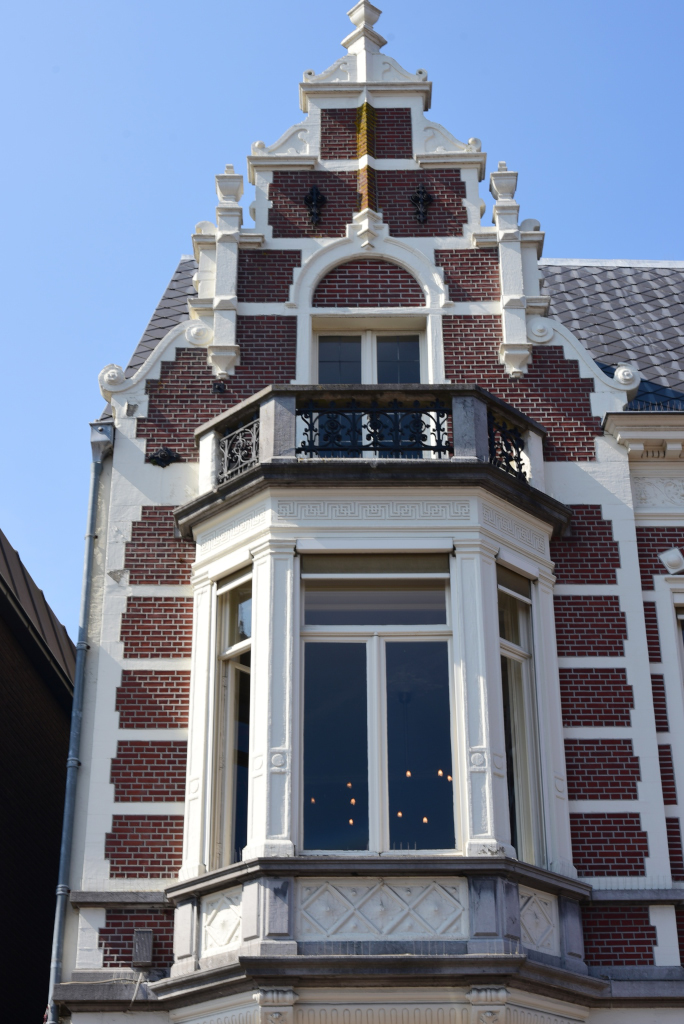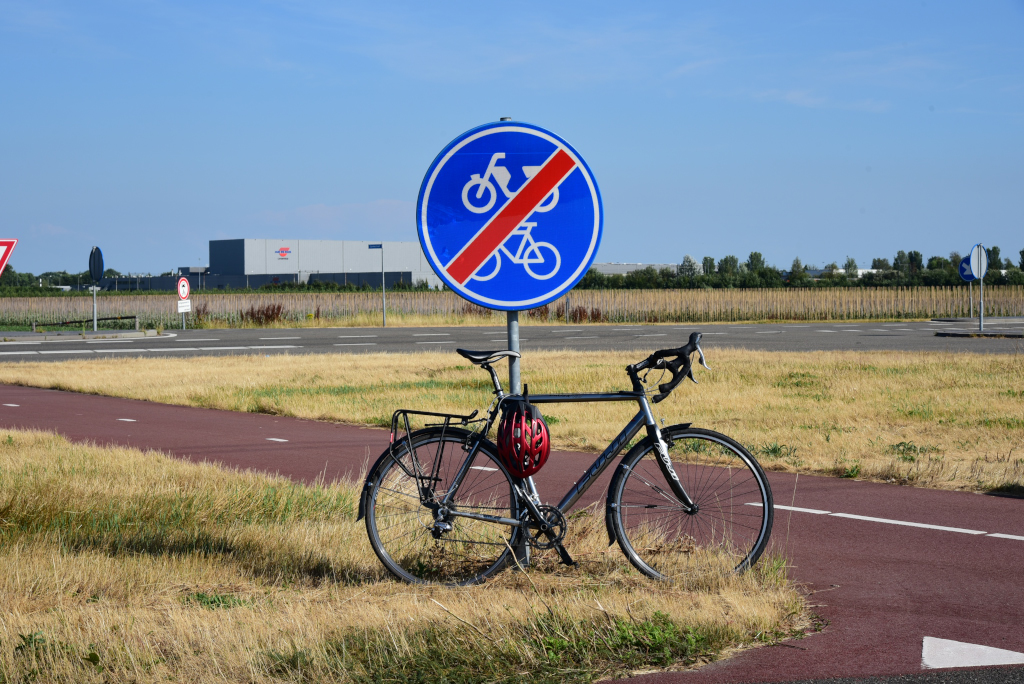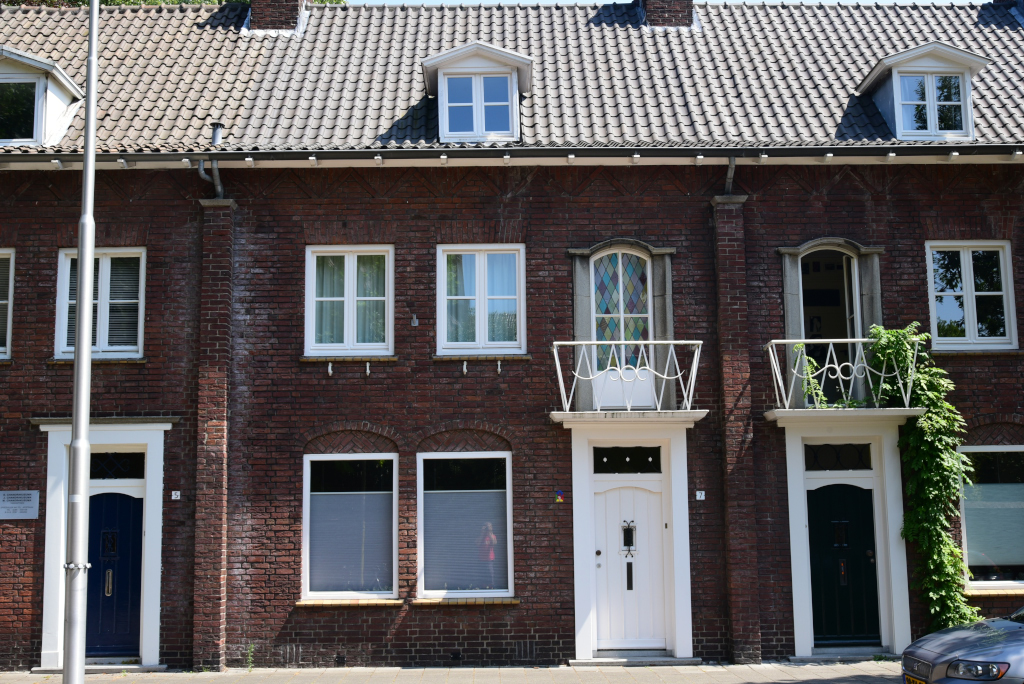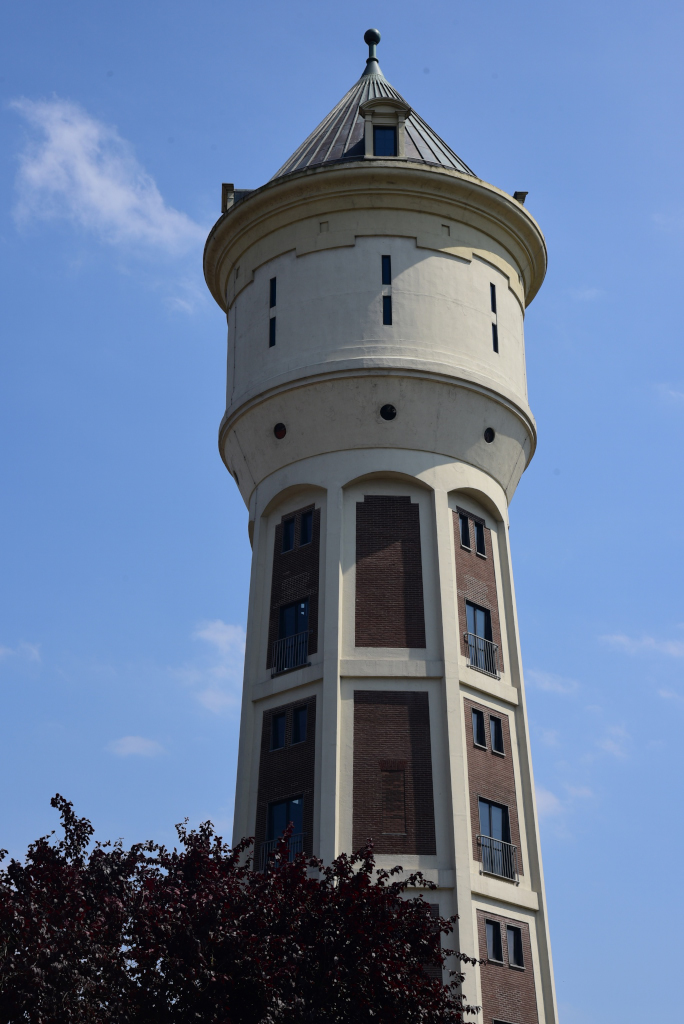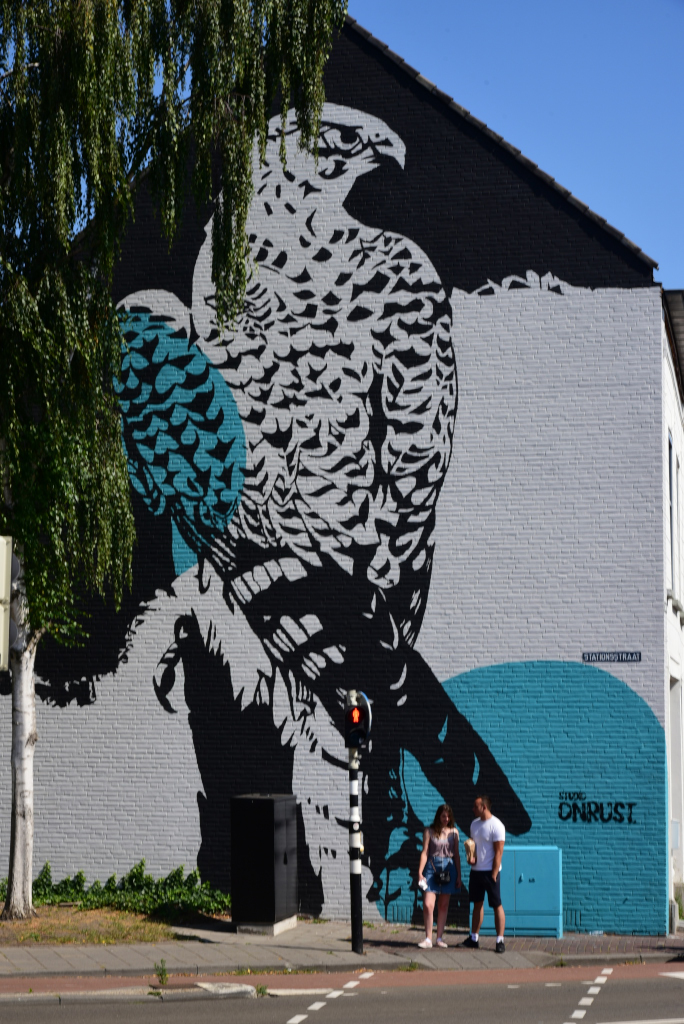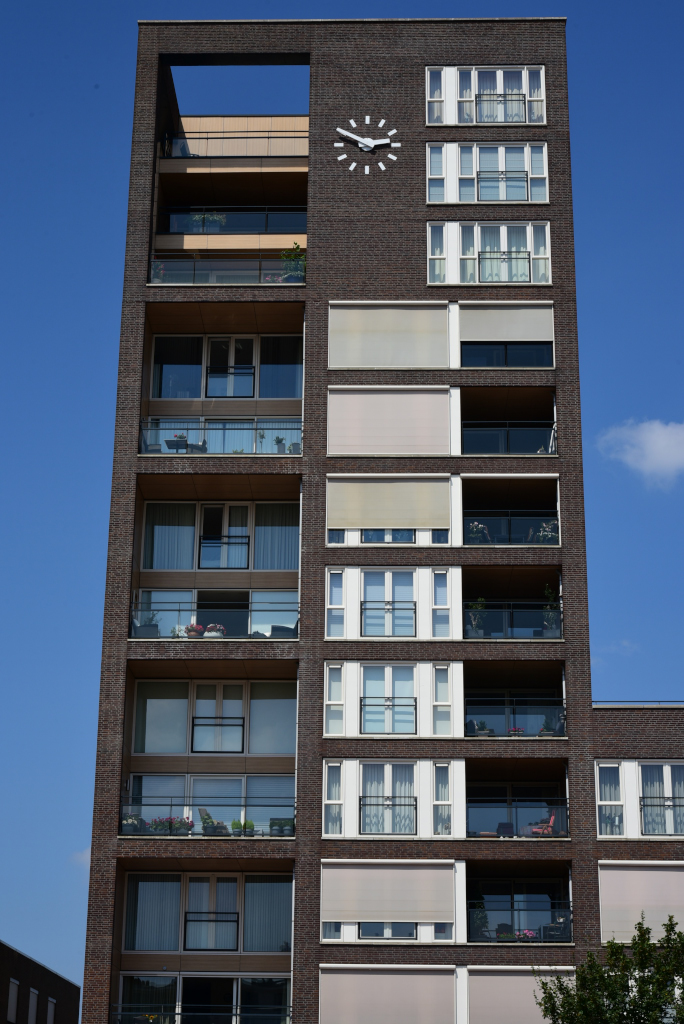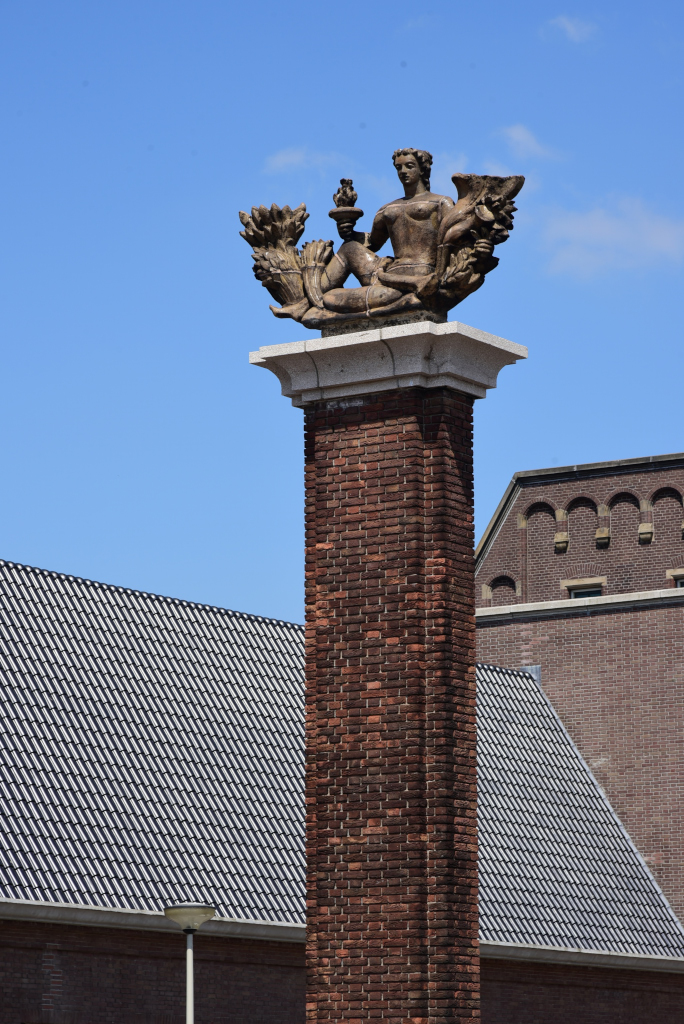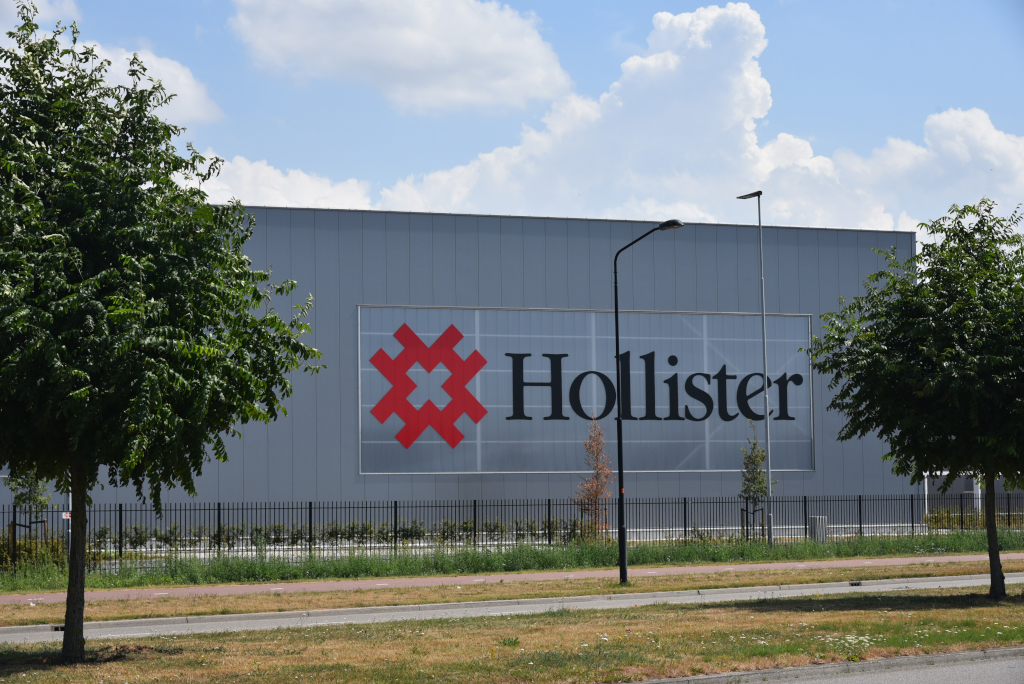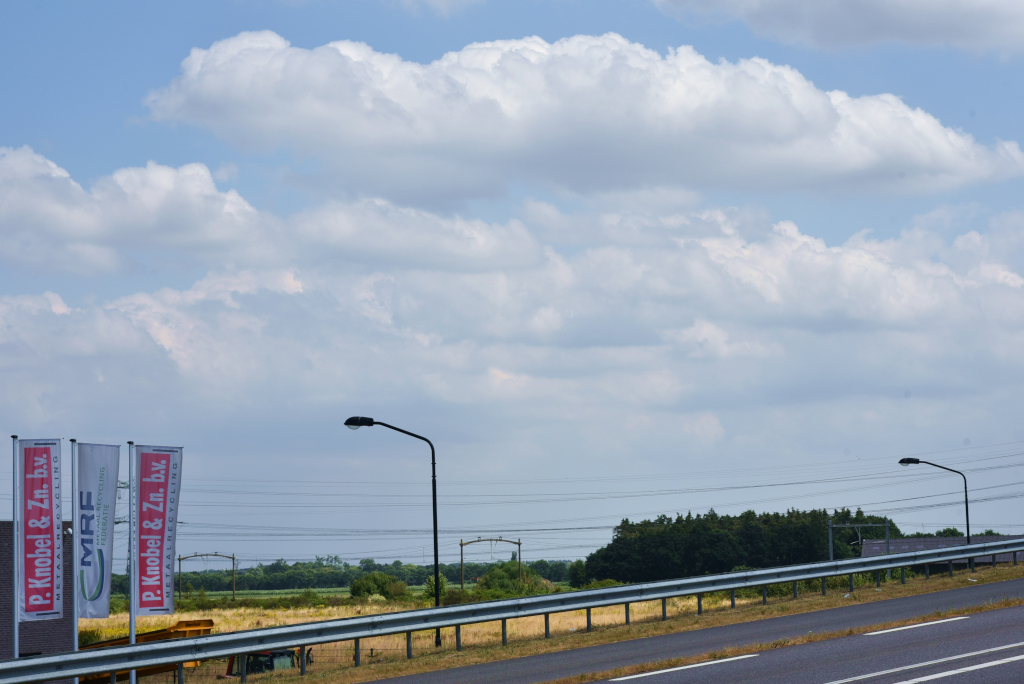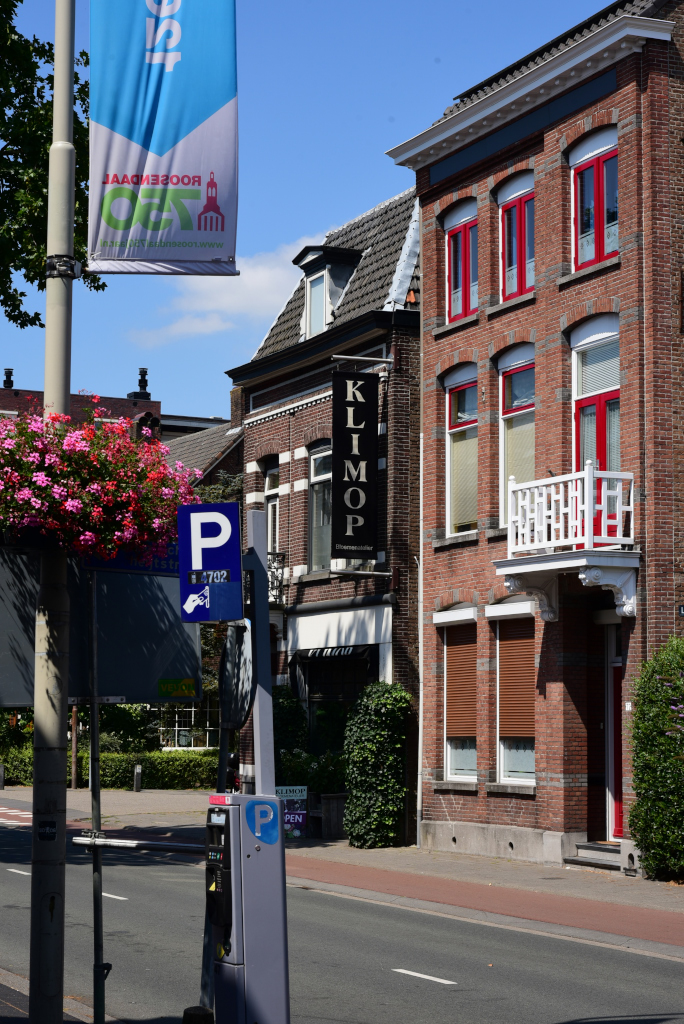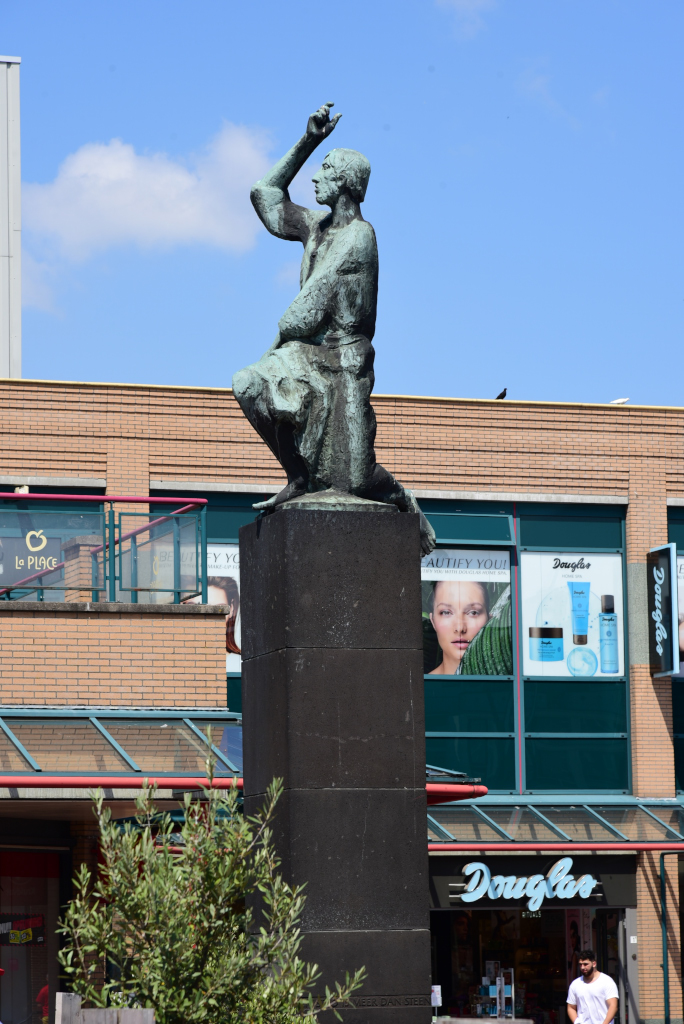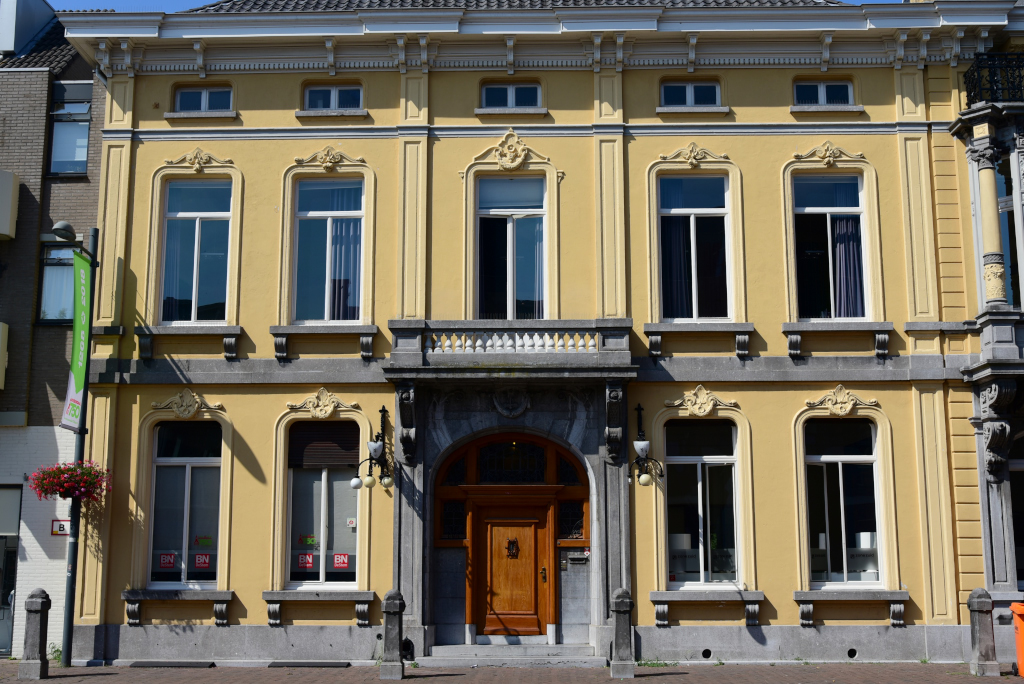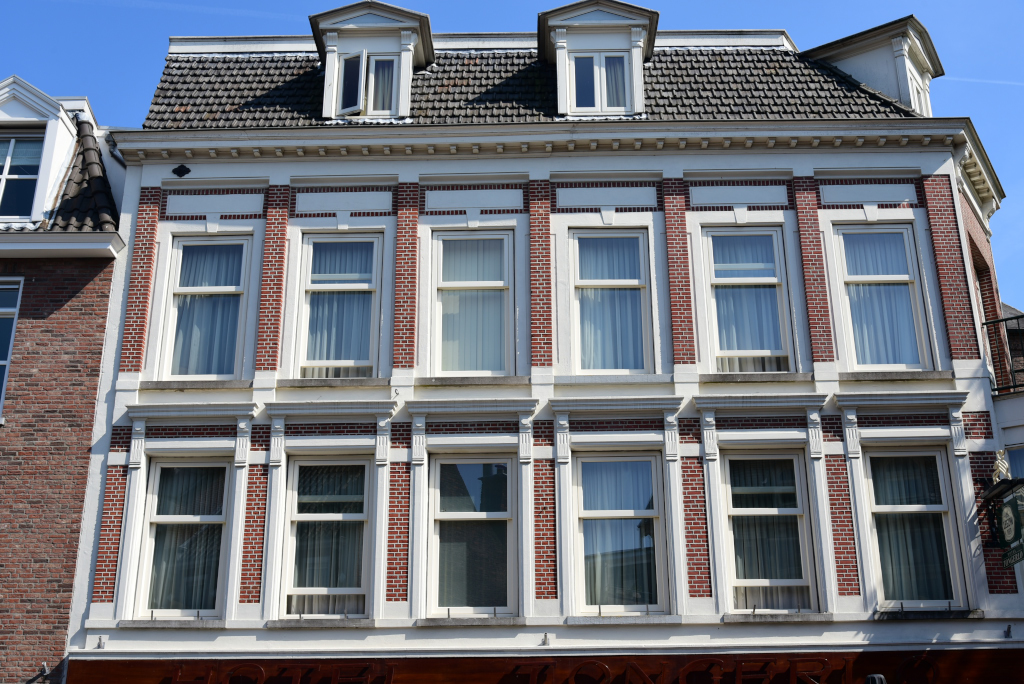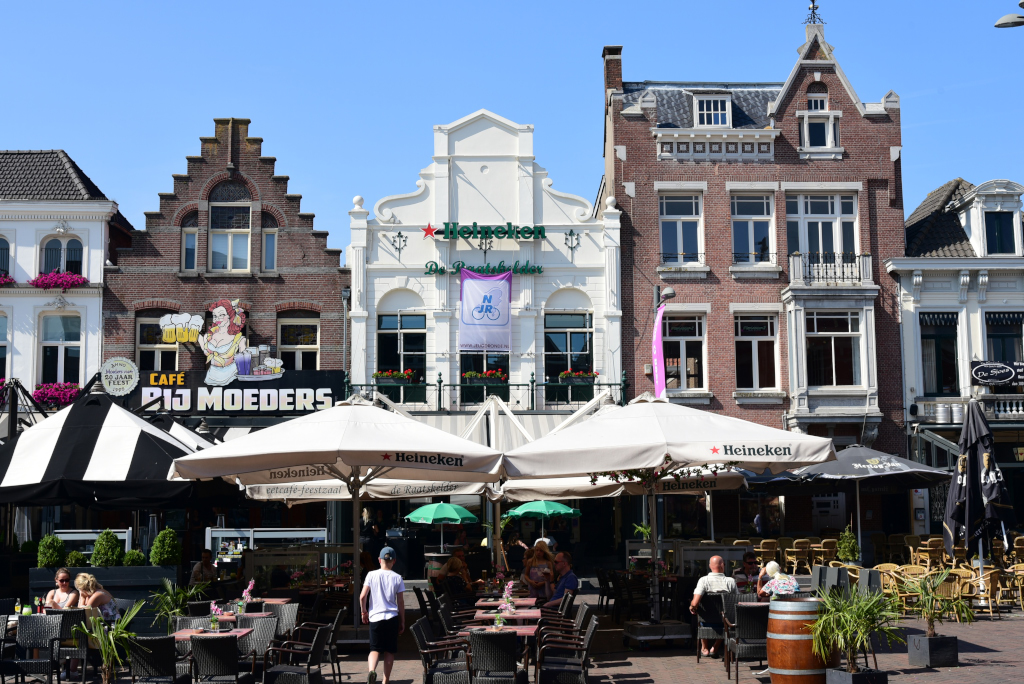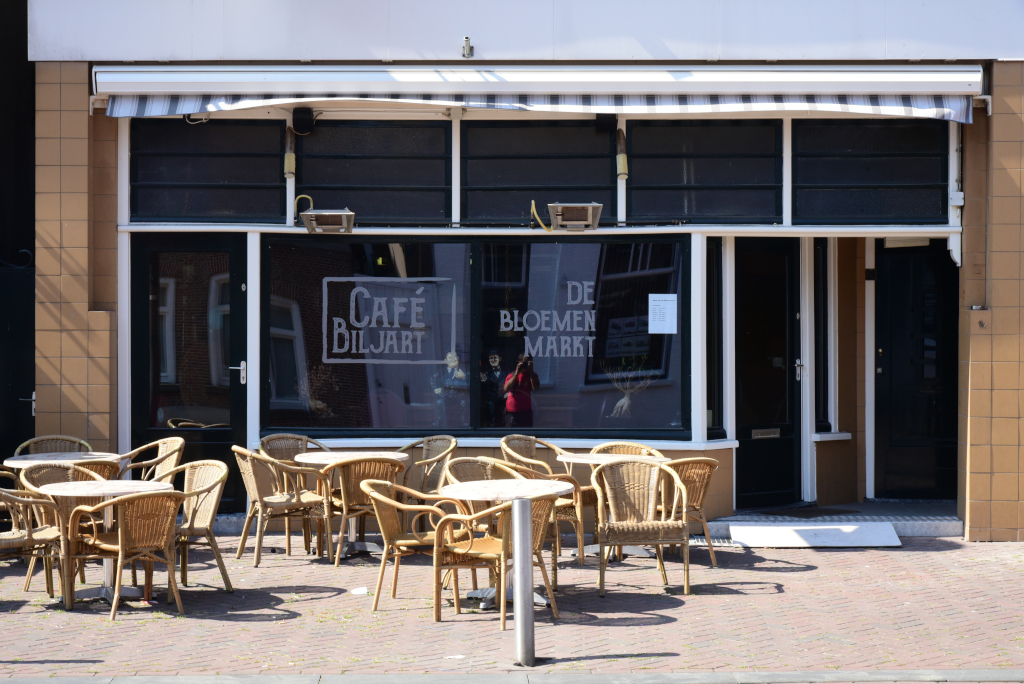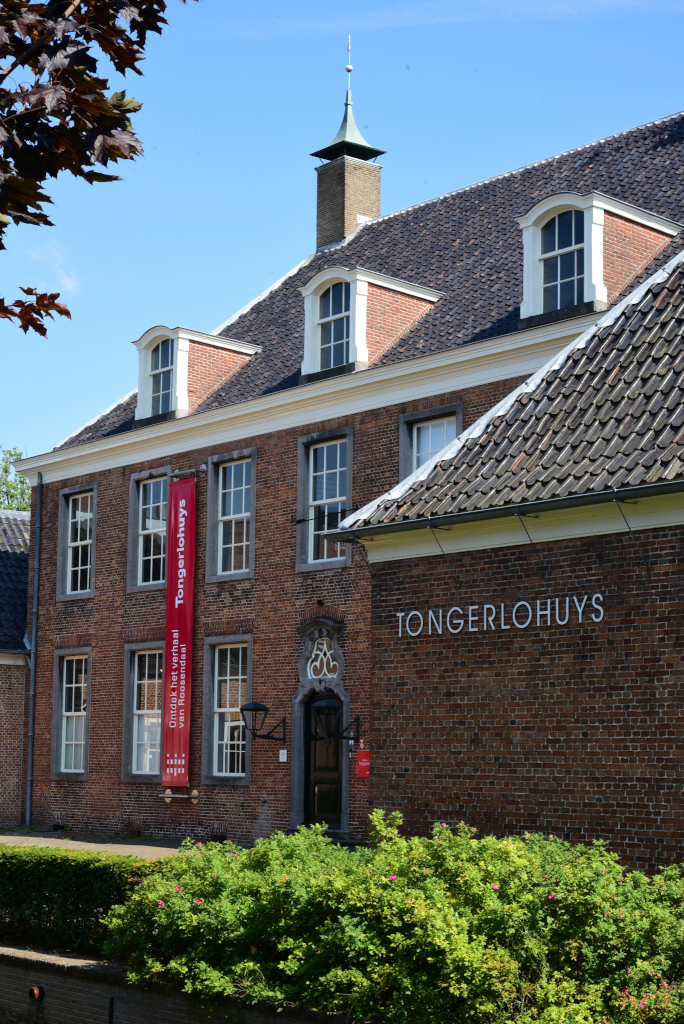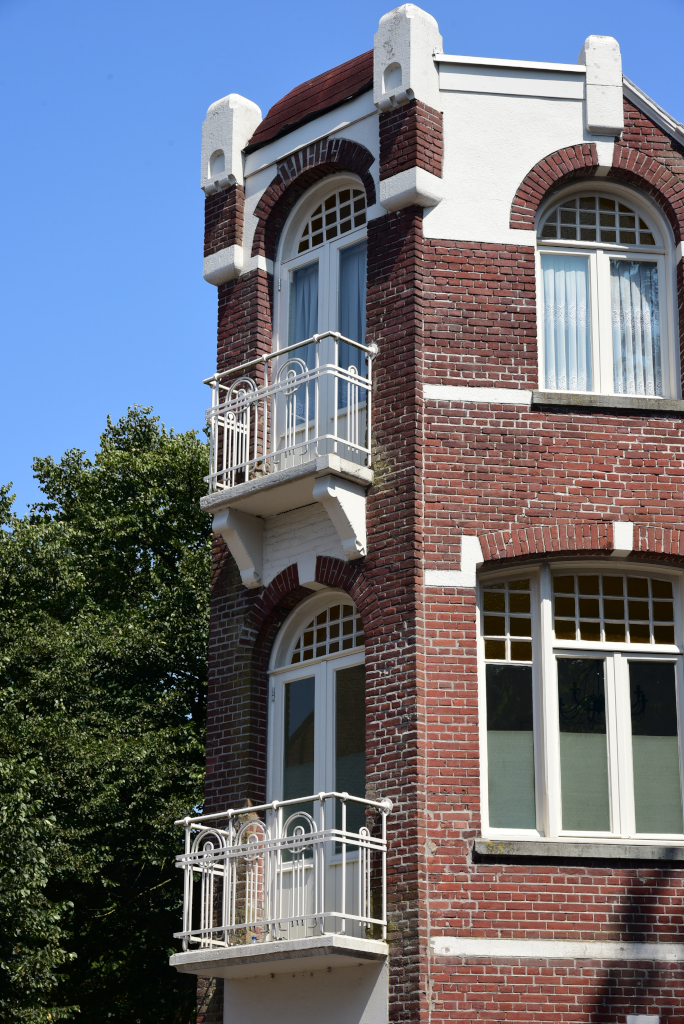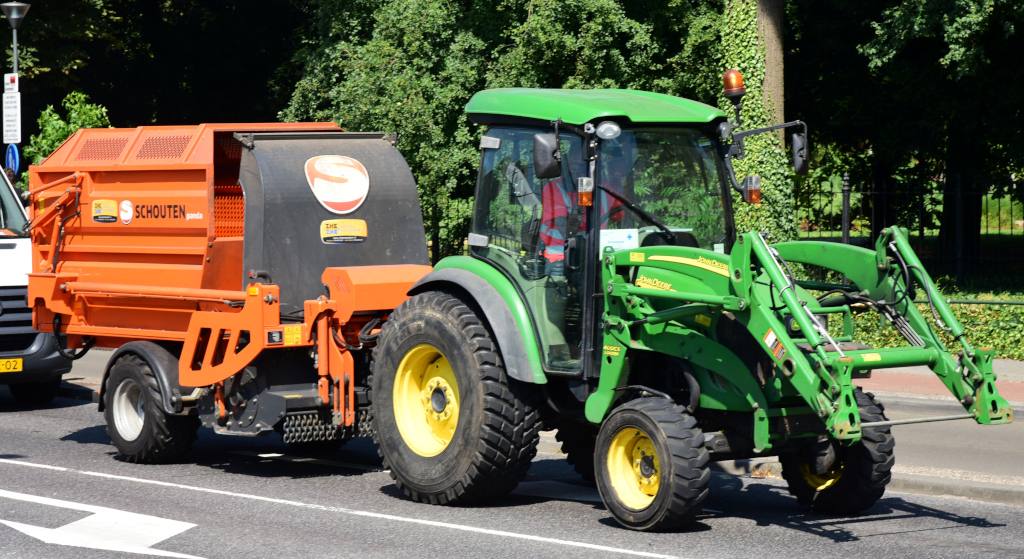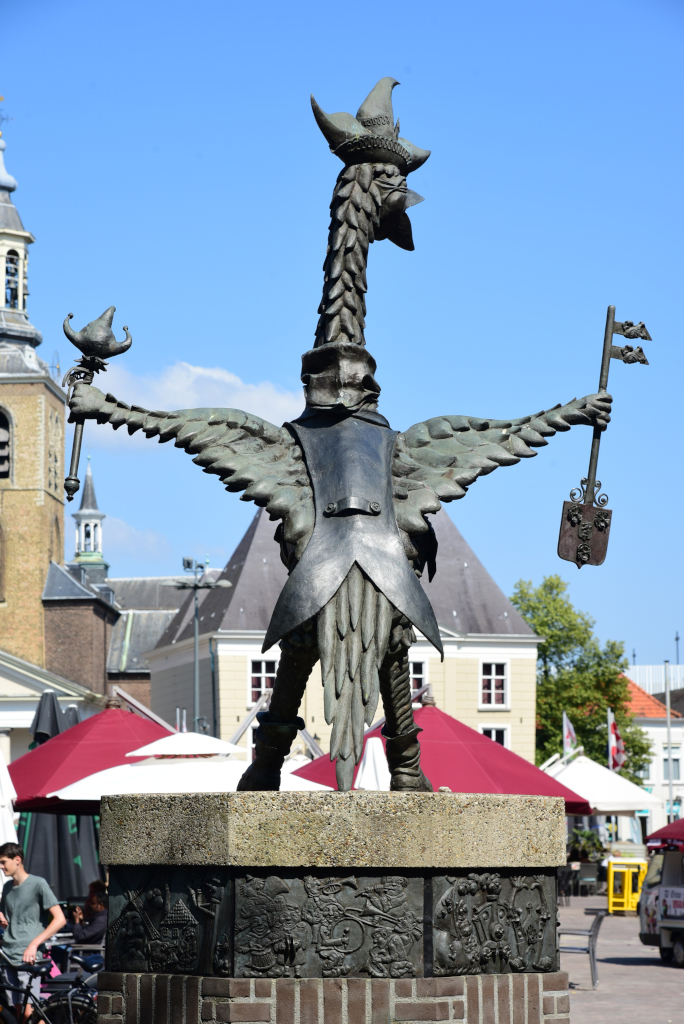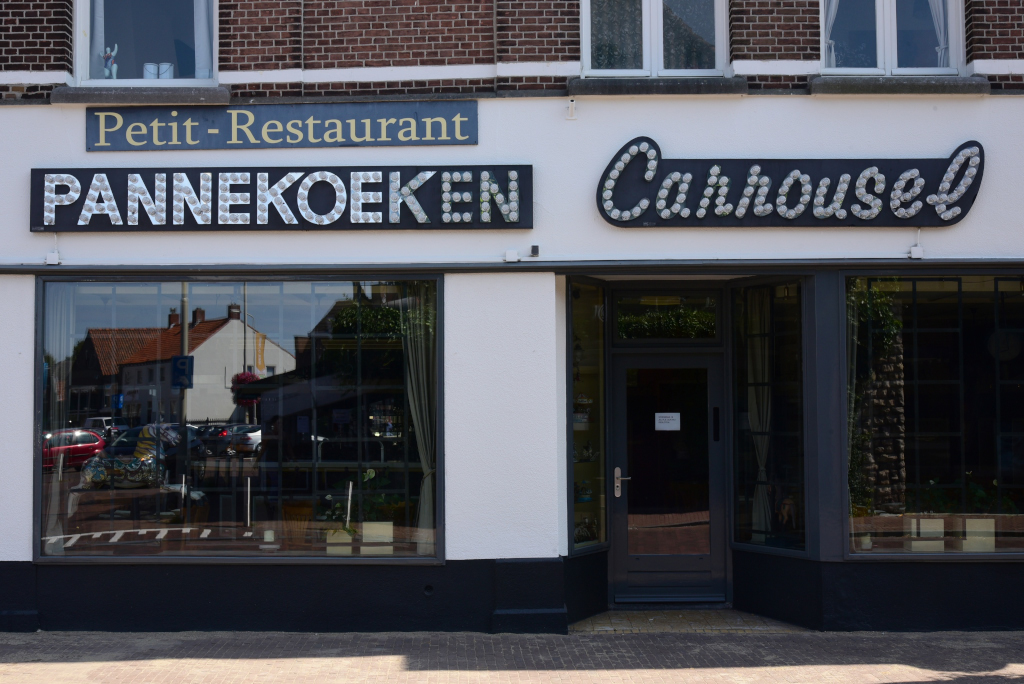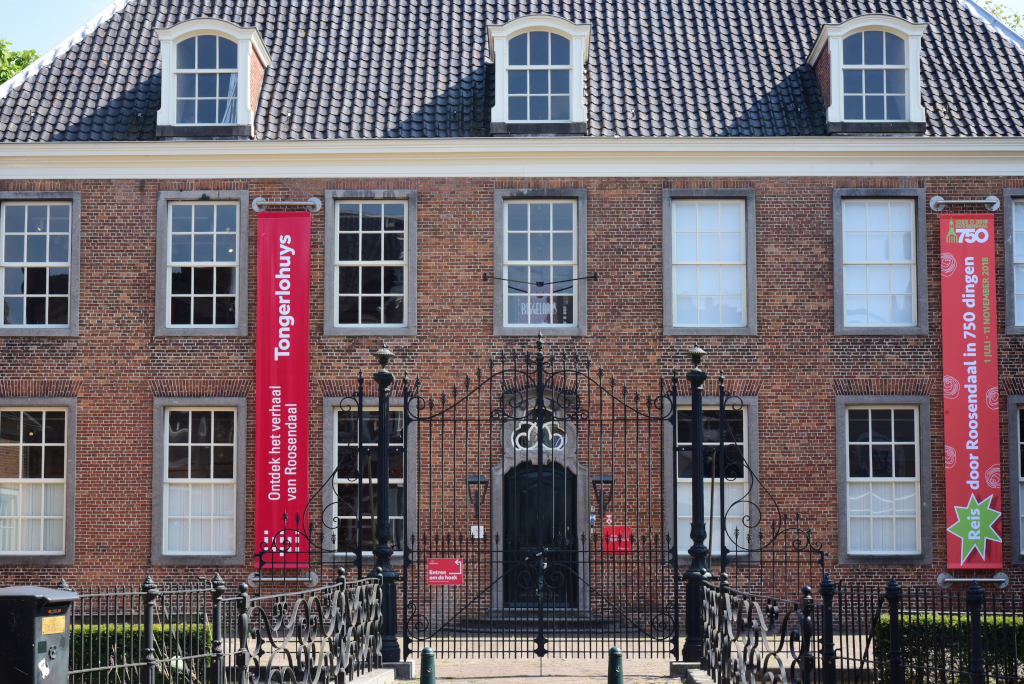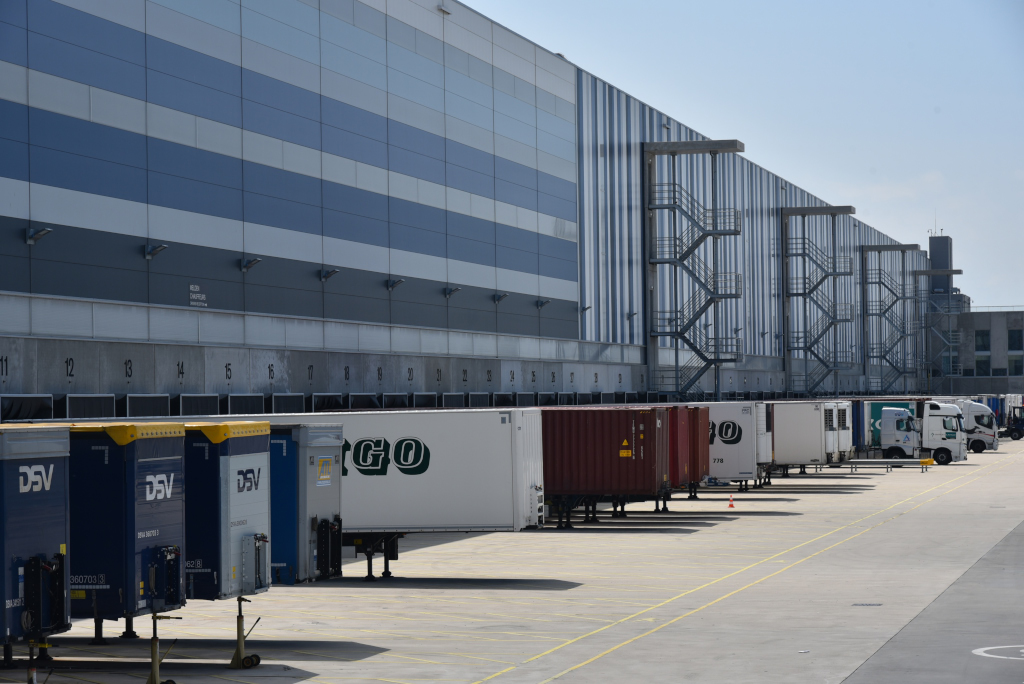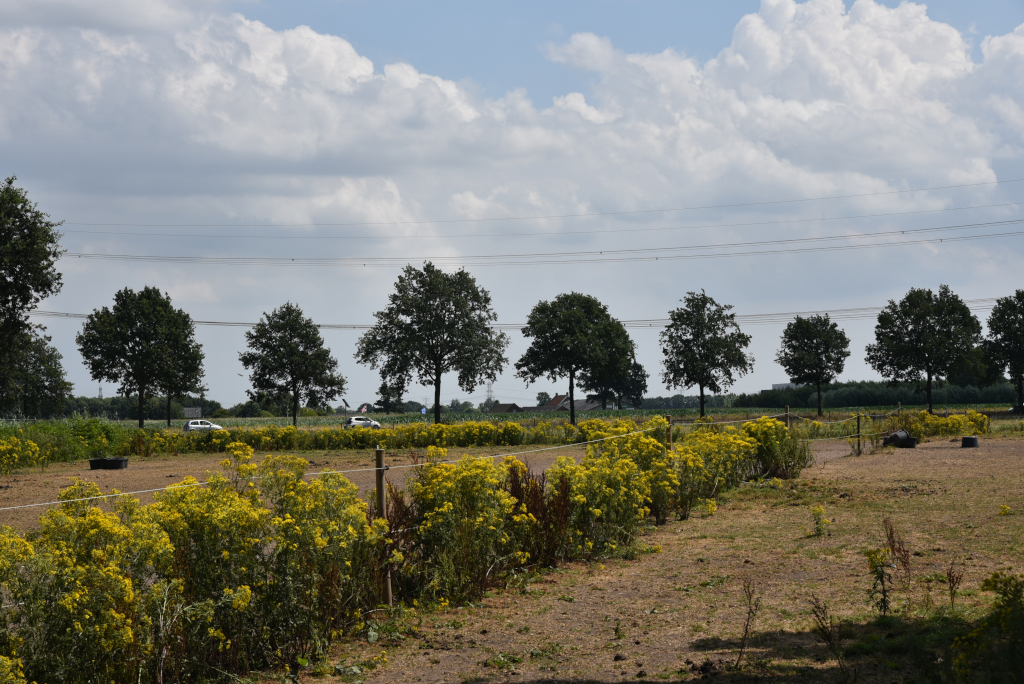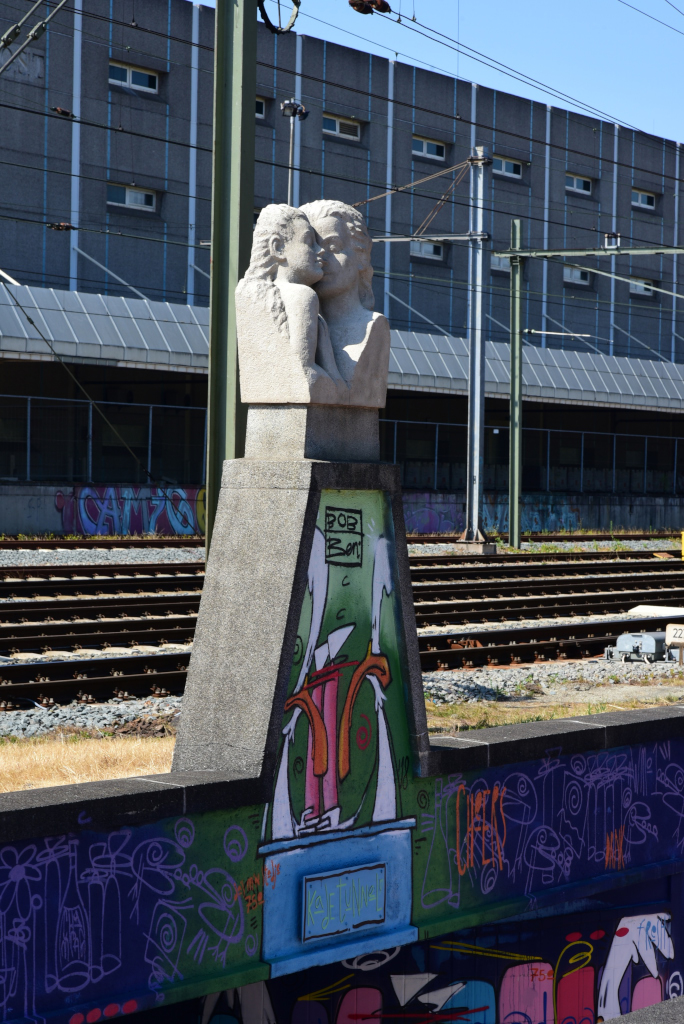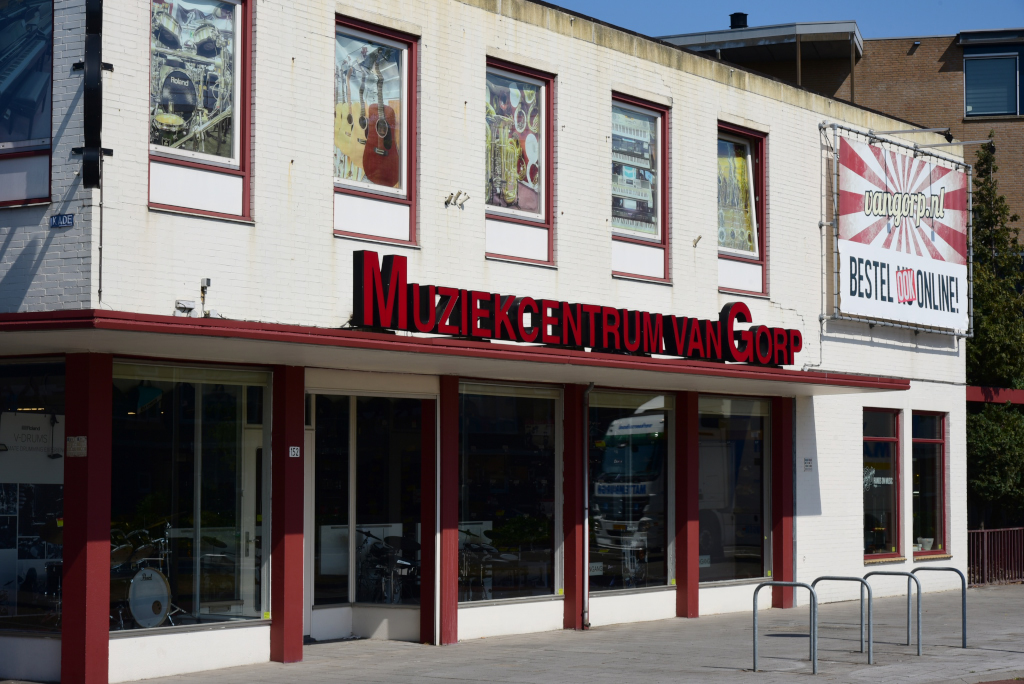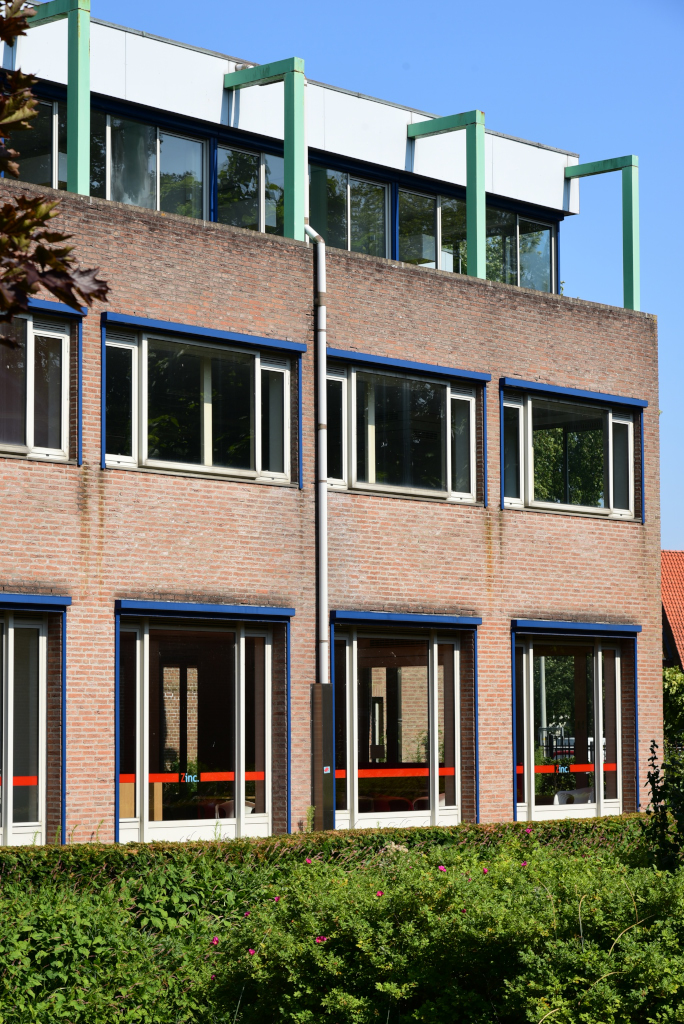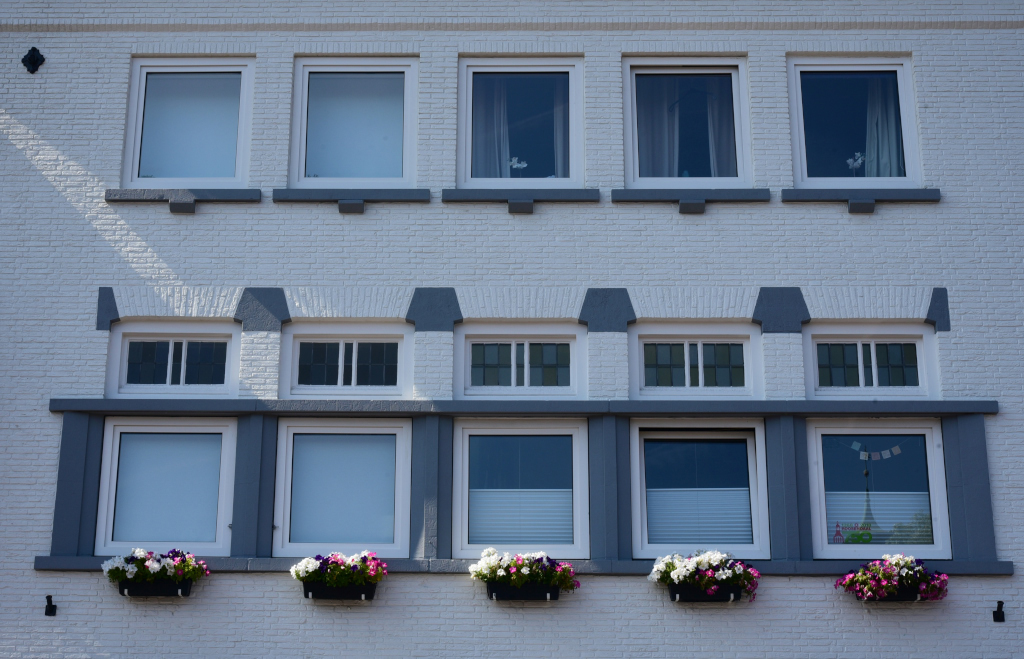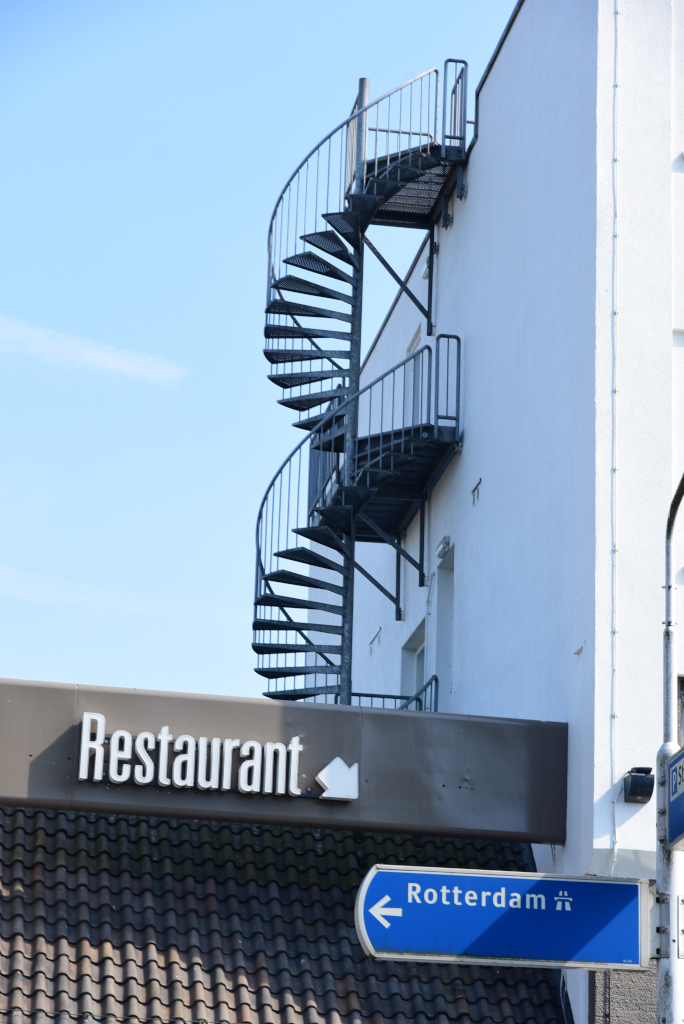July 17, 2018
The towns of Bergen op Zoom, Rosendaal, Breda and Tilburg form a horizontal urban ribbon that runs through the west of the Netherlands’ North Brabant province. Just north of Rosendaal lies the quaint burg of Oud Gastel, which is also part of the small Halderberge municipality consisting of somewhat charming towns lying just south of the broad Holands Diep river.
Despite its unassuming size, Oud Gastel’s history dates back to the Middle Ages. By the end of the late 13th century, Oud Gastel became an independent parish with St. Lawrence as patron saint, later becoming an enclave for both Catholics and Protestants. In 1866 the Franciscan students of Charitas settled in Oud Gastel, who managed the Sint-Jozef Gesticht (a retirement home, hospital and orphanage) until 1954. French soldiers were billeted in Oud Gastel during the Austrian war of succession, while various fortifications were built both by the French as well as to block the advancement of the French.
One of the major attractions of this not particularly extraordinary area is the town of Rosendaal, a short jaunt from my base of operations in Oud Gastel. Locals were certainly consistently surprised at the idea that anyone would come from so far away as Canada to visit Rosendaal. But unassuming as Rosendaal may be, the town has charm and a surprising number of albeit modest attractions.
Rosendaal’s railway station is a striking example of traditional Dutch architecture with modernist inflections, although many smaller and more modest examples abound. Whitewashed balconies, doors and sashes stand out against the red brick of the townhouses lining the most prominent avenues in town, the peaked gables the clearest indicator of their Dutch identity. Several striking modern structures in the town centre stand in stark contrast to the surrounding more modest commercial architecture.
A settlement in the area of Roosendaal dates back to the thirteenth century, motivated by the creation of a chapel where the town is now located. In 1510, Roosendaal was elevated to an independent parish, dedicated to Saint John. By the mid 15th century, Roosendaal was given a port, which provided access by means of canals to the larger bodies of water in the area, such as the Holands Diep to the north as well as the waters to the west of Bergen op Zoom. The canals were built by extracting peat, which was exported to regional markets.
The war for Dutch independence (1568-1648) had a negative impact on Rosendaal, which had no defensive fortifications to protect the town from violent incursions. Much of the town was destroyed in this time, and it was not until the Twelve Years’ Truce that reconstruction could begin. But Rosendaal’s bad fortune continued, with epidemics with substantial cost of life, the decline of the peat business, a major fire, and the invasion of French troops in 1672.
The town was a home to both Protestants and Catholics, nowadays part of the southern region of the Netherlands that tends towards Catholicism. Rosendaal’s importance grew significantly when the town became a railway hub in the middle of the 19th century, although its economic importance has grown in more recent times as a result of the development of the appropriate infrastructure.
(Narrative excerpted from Wikipedia)

